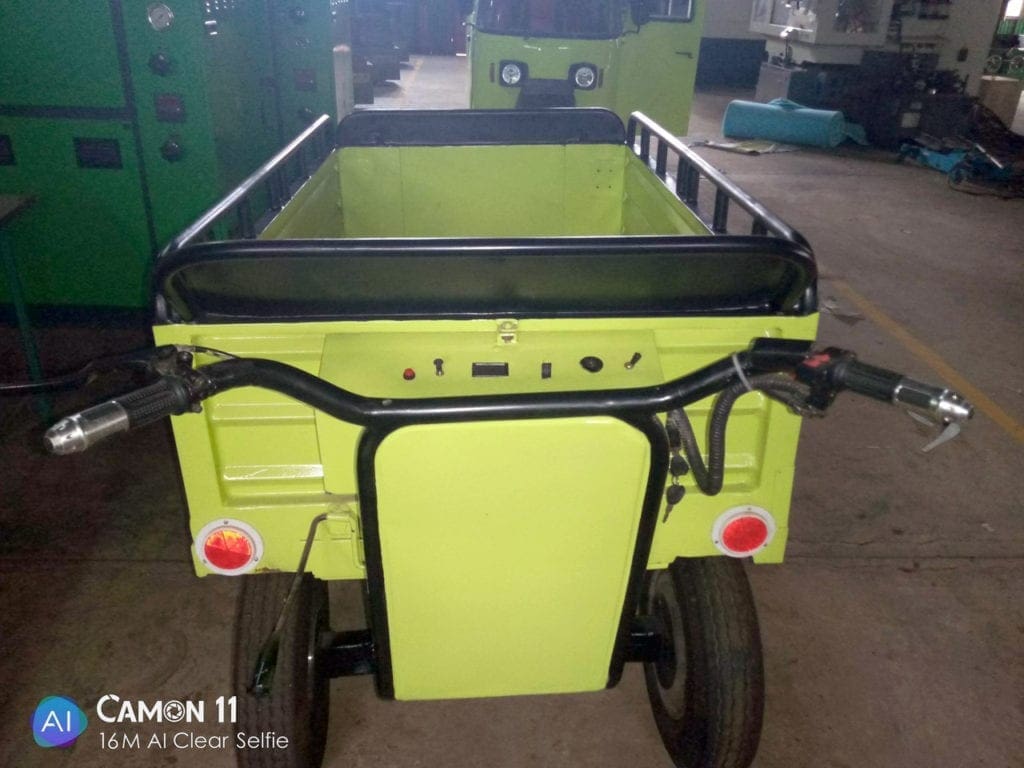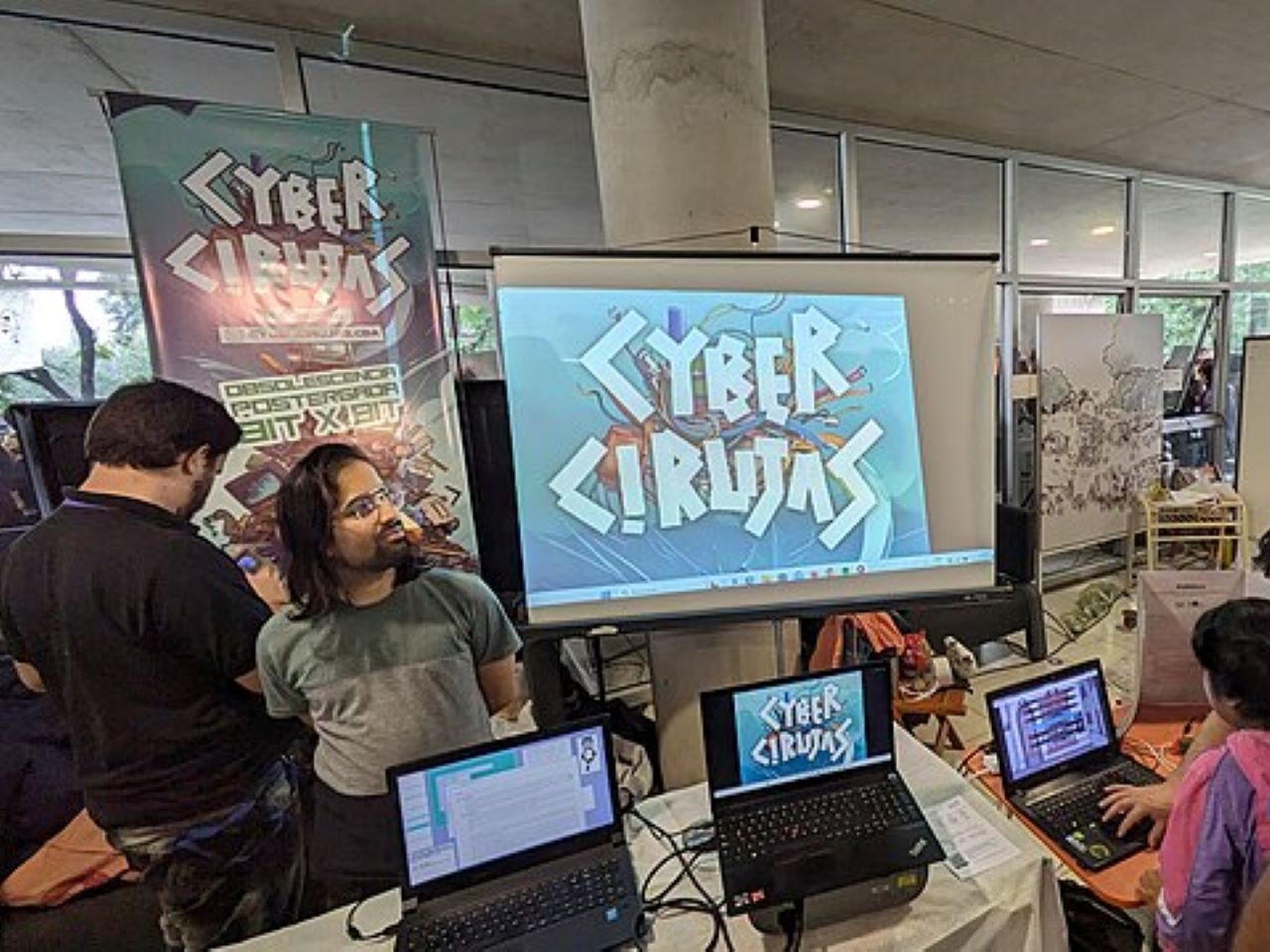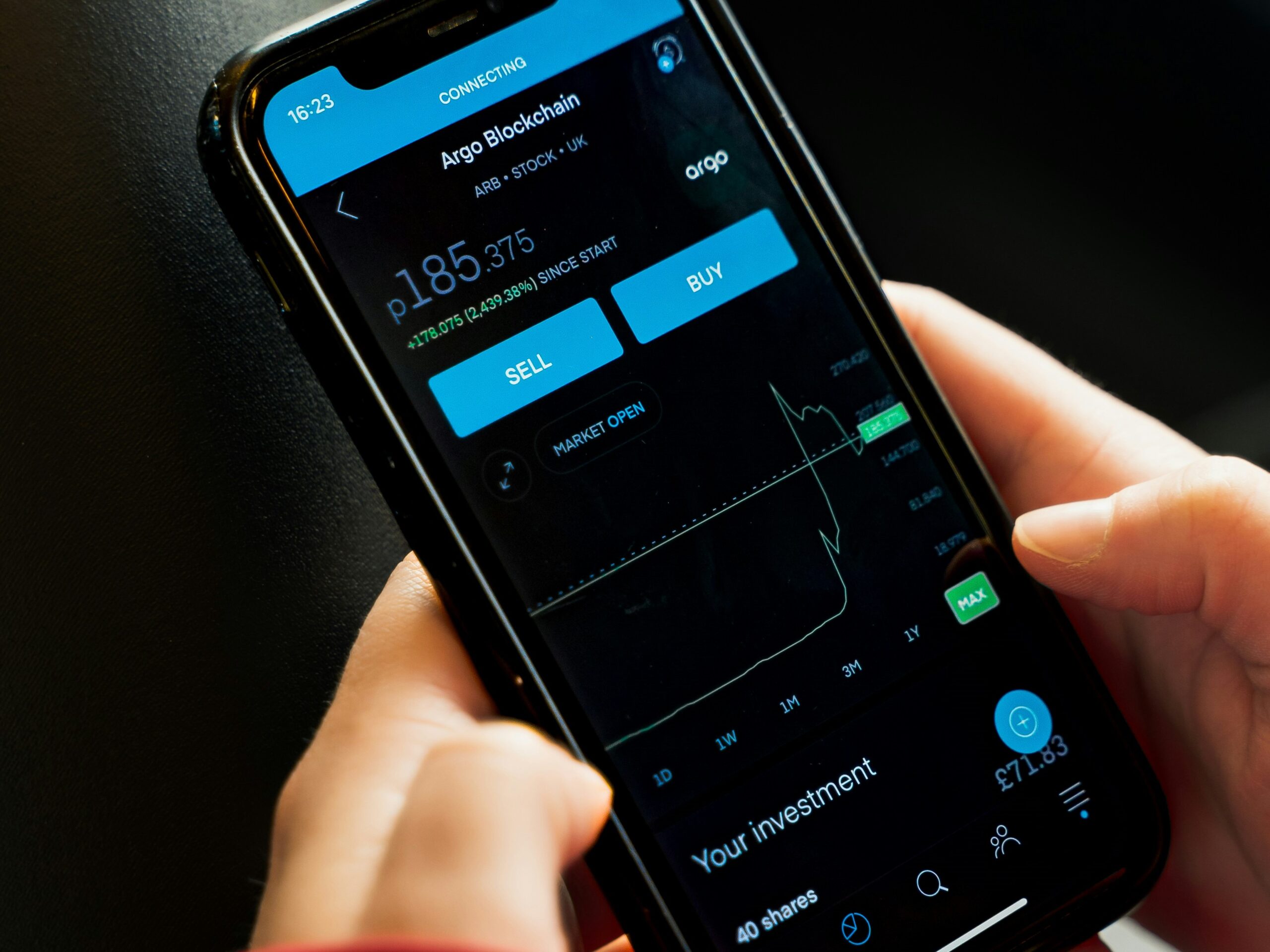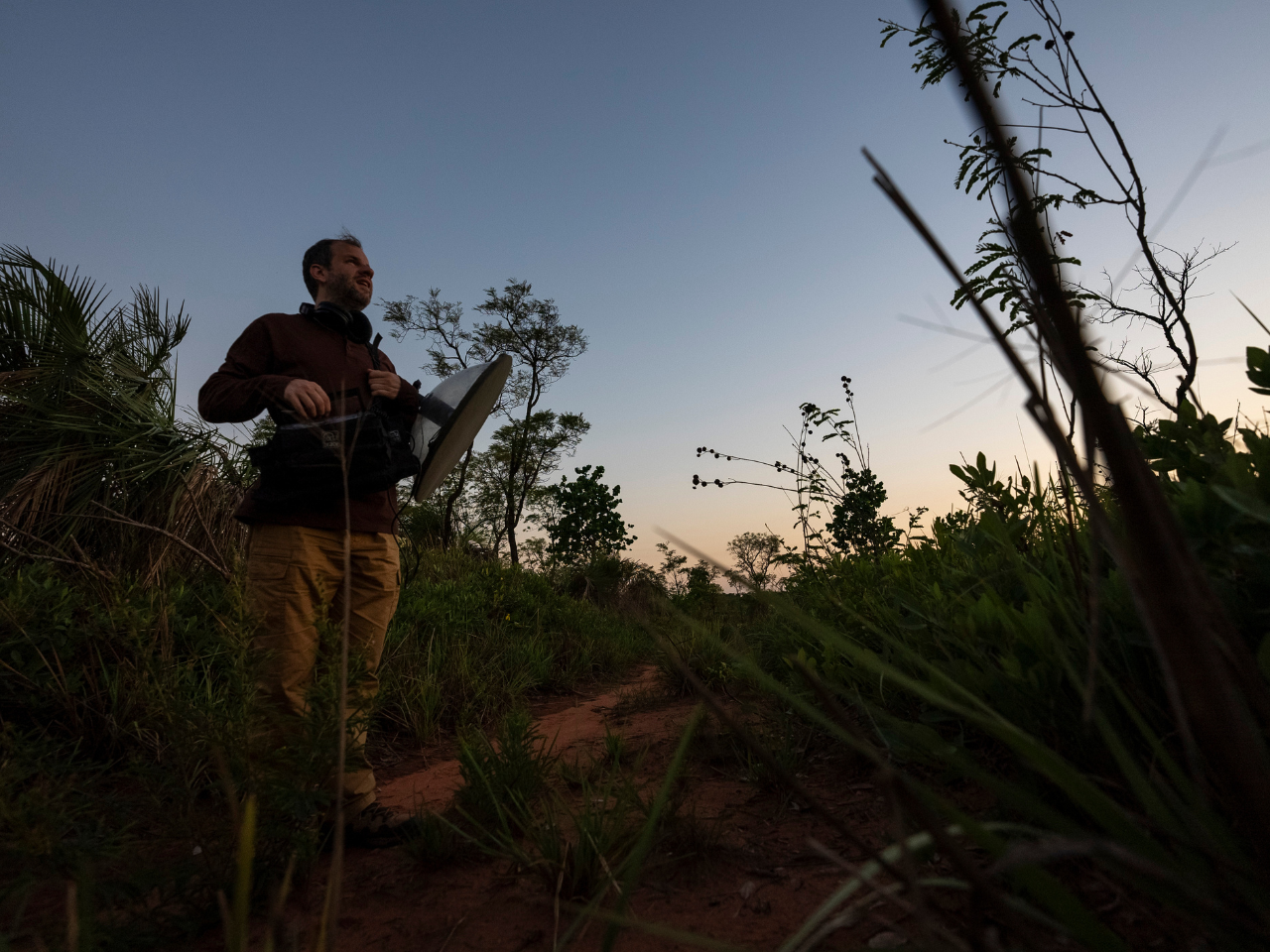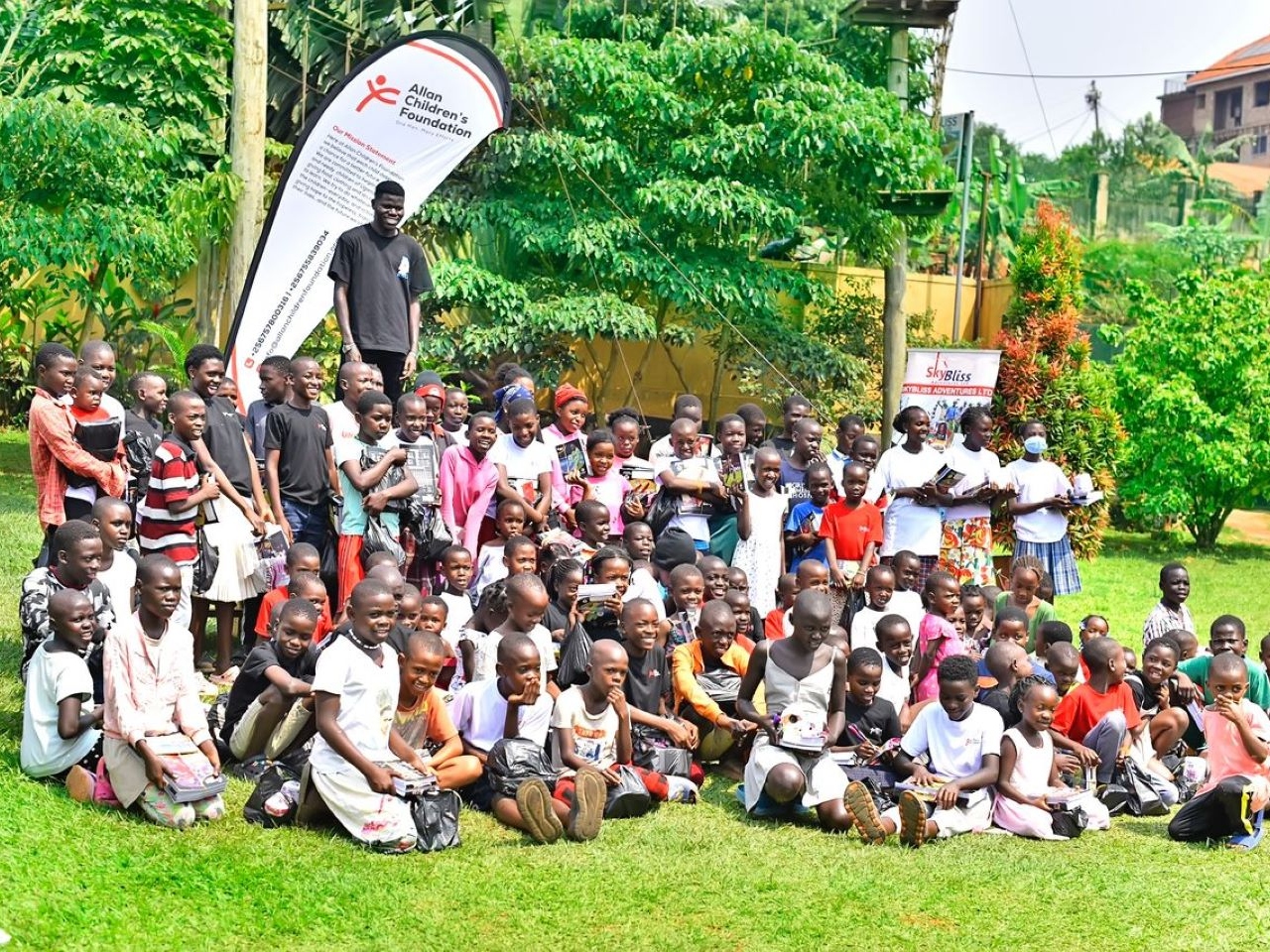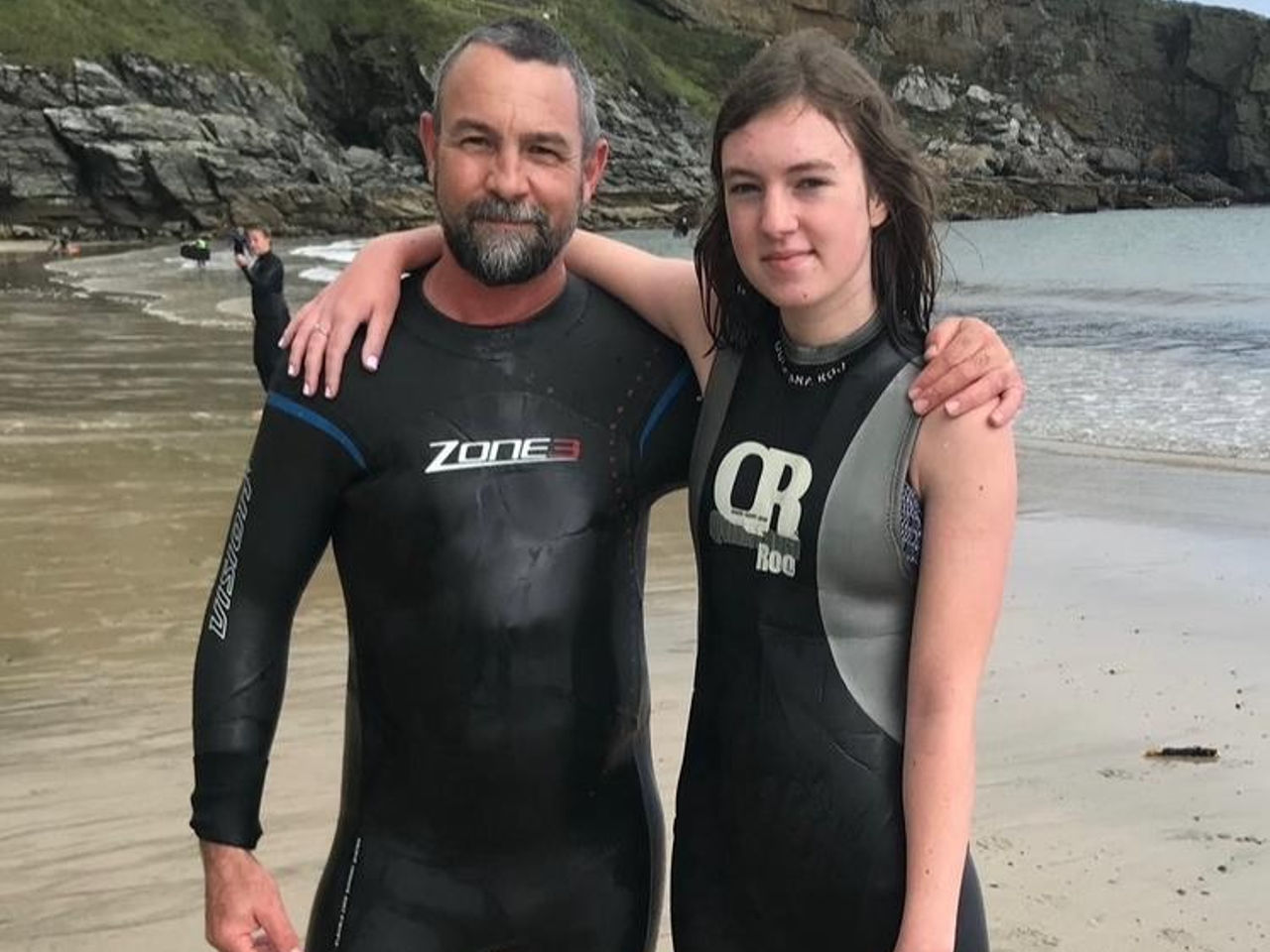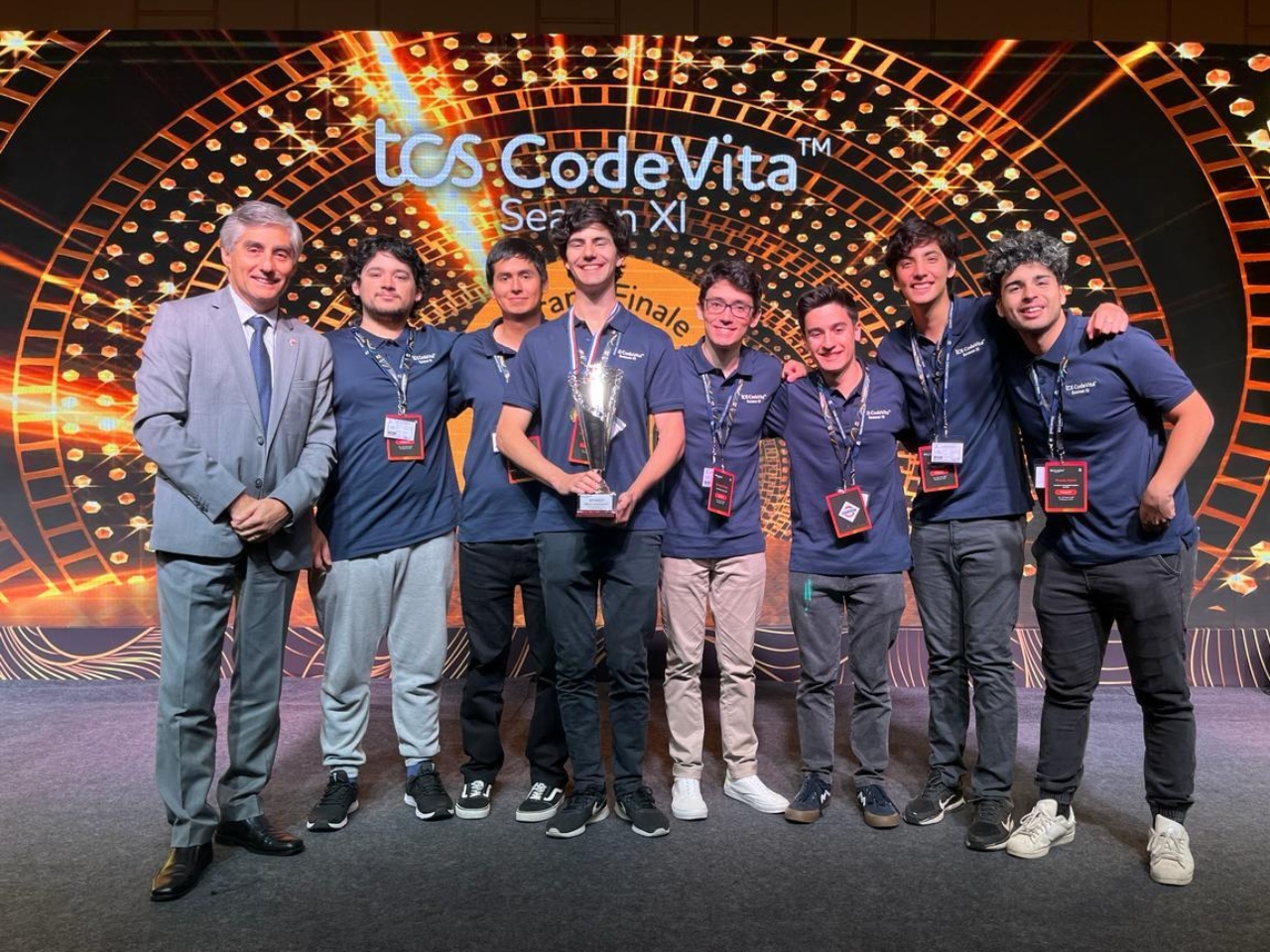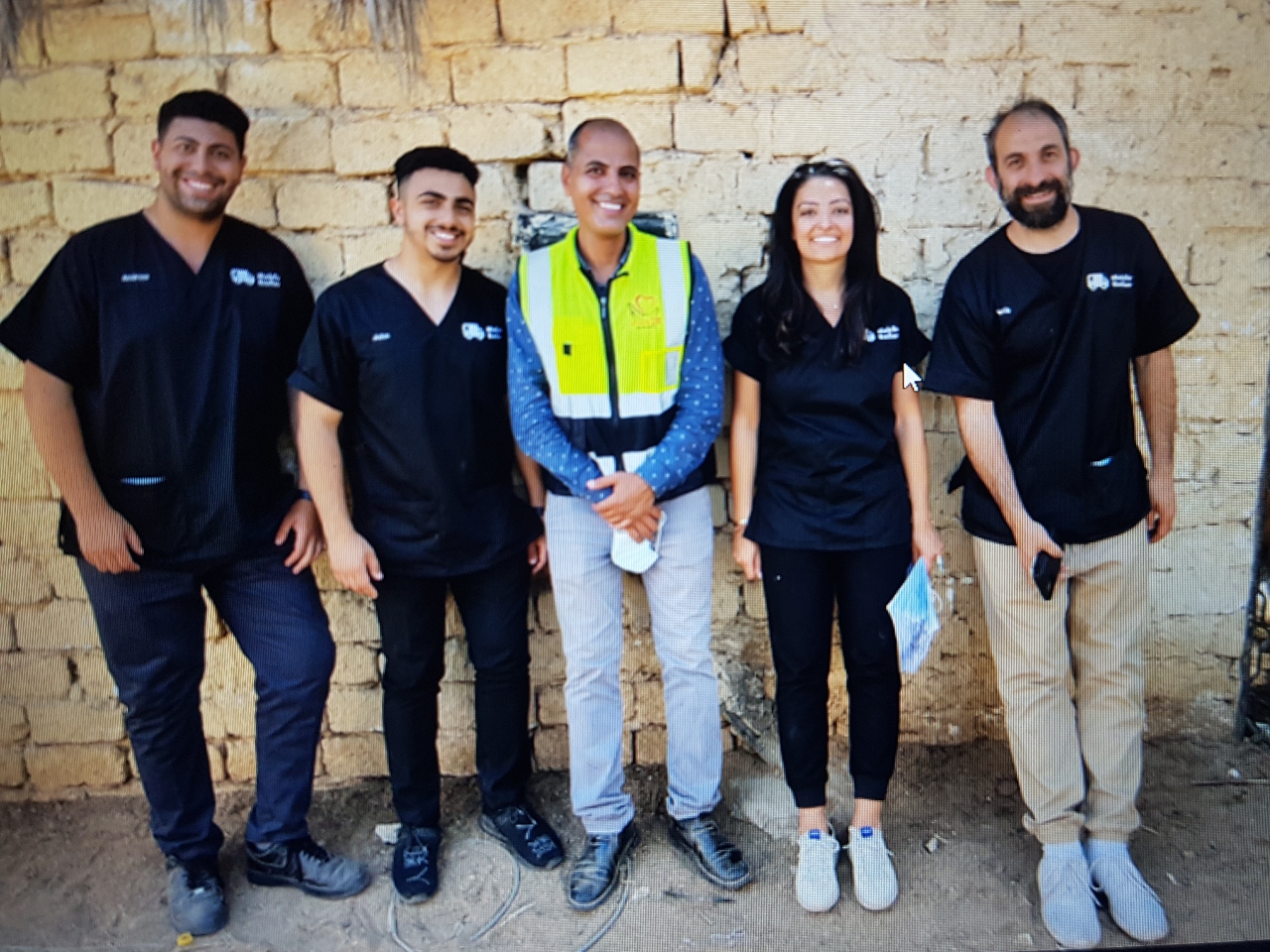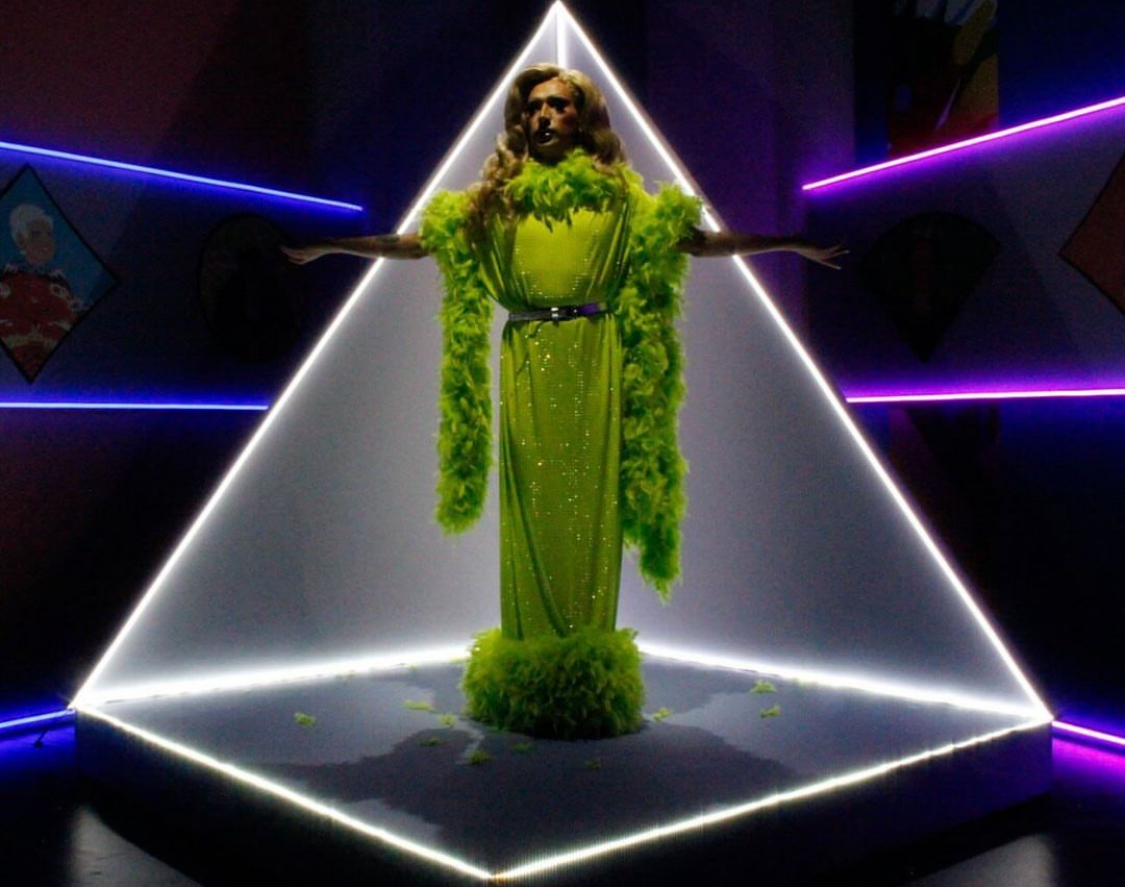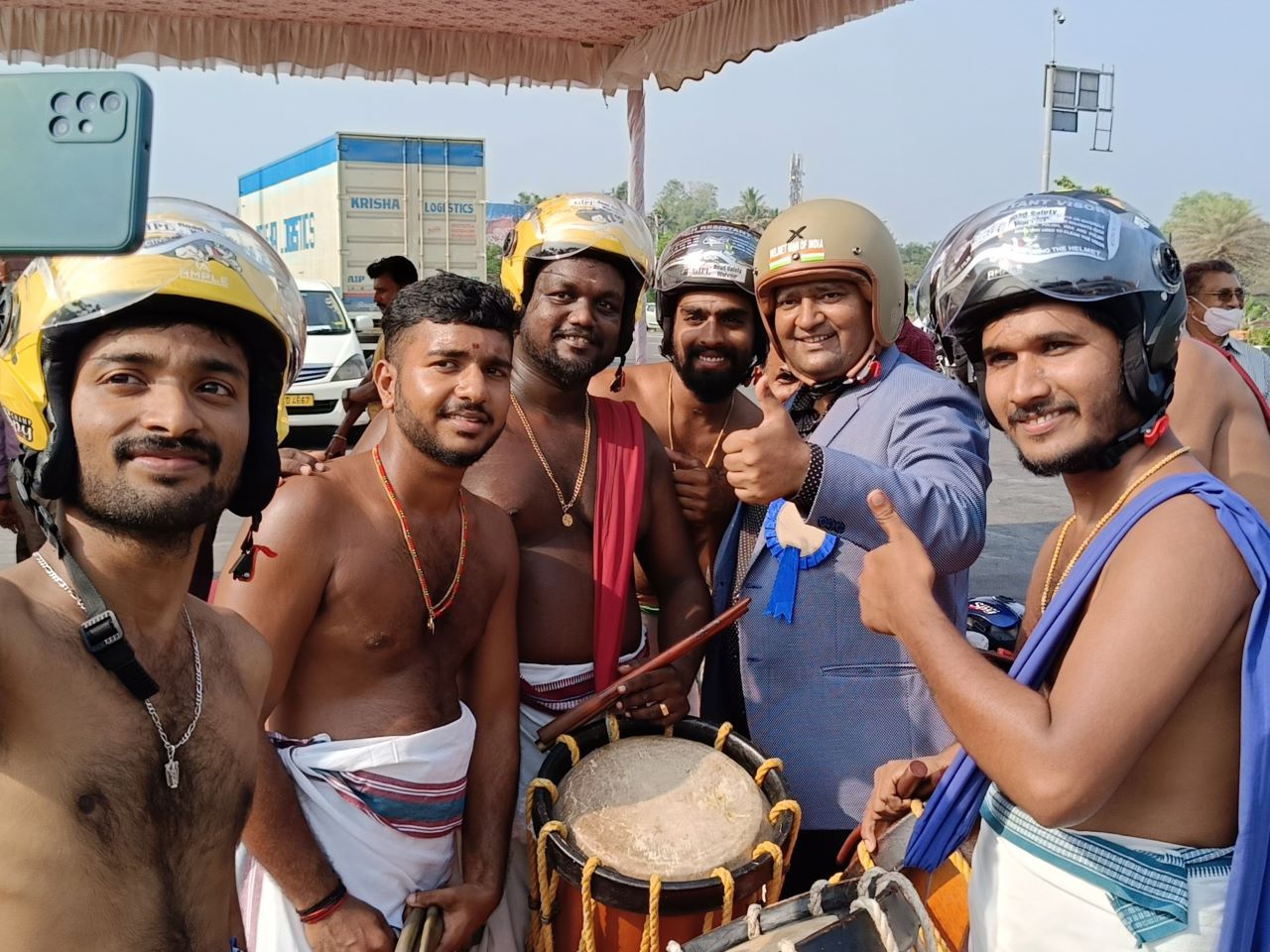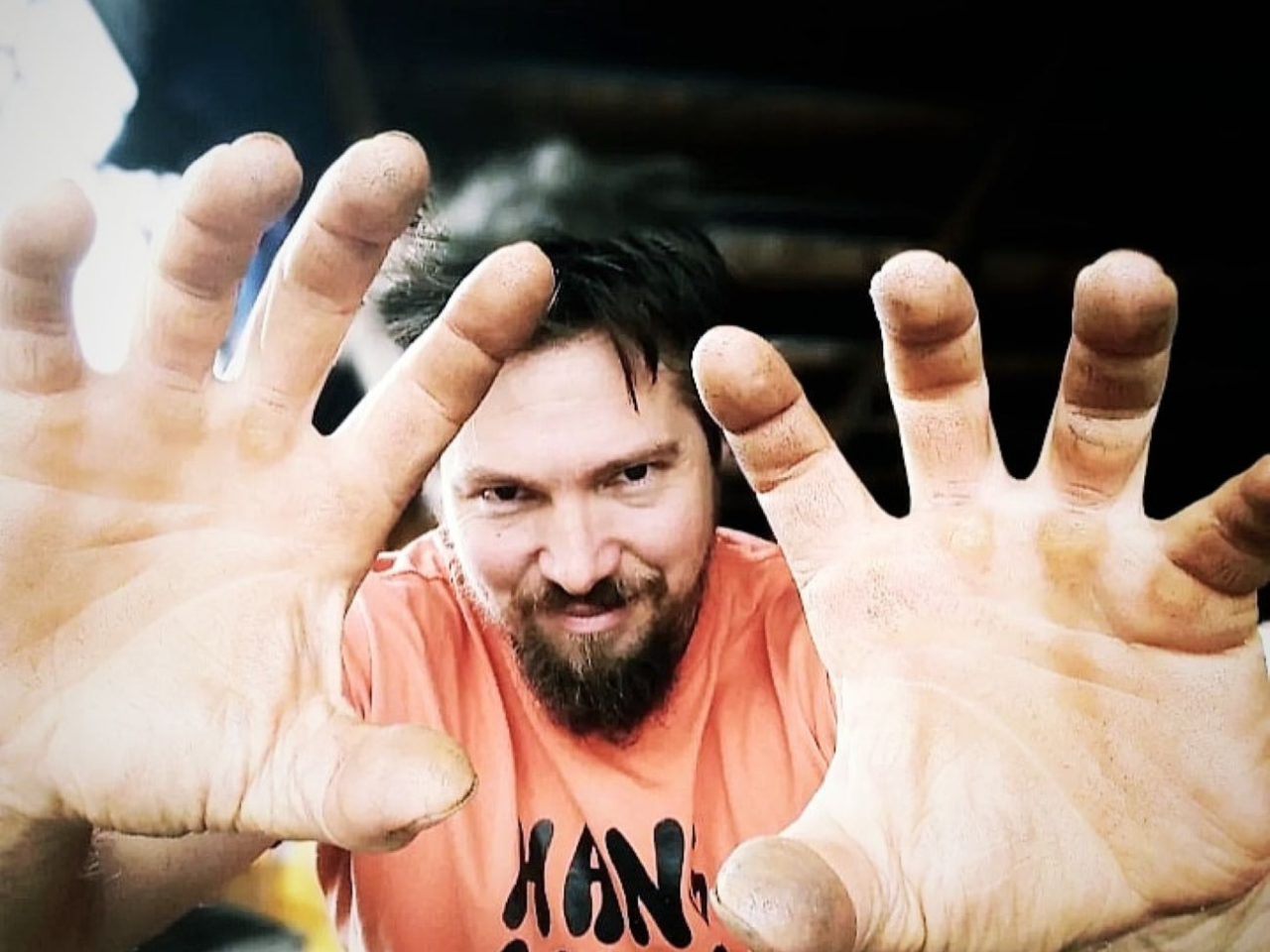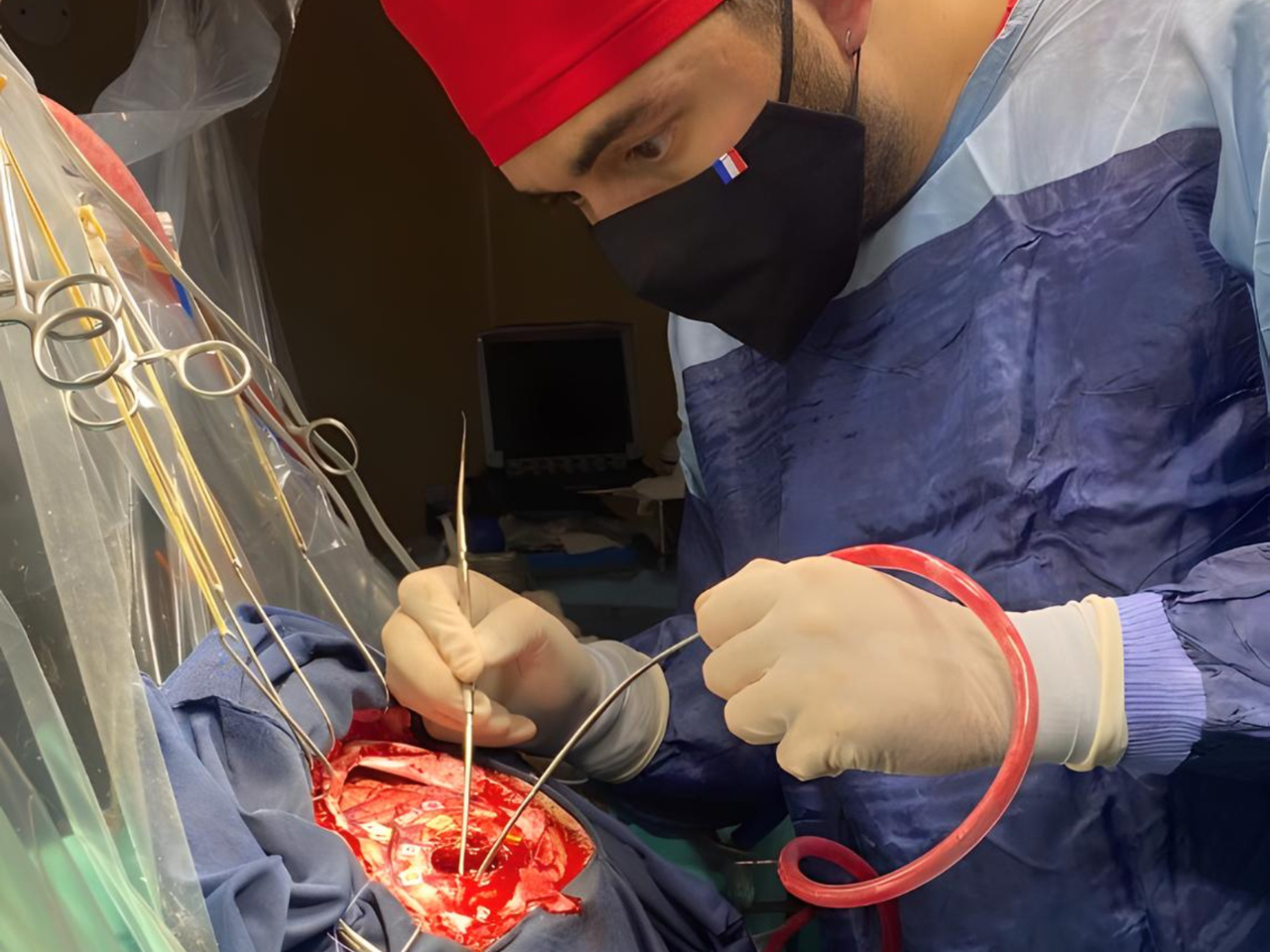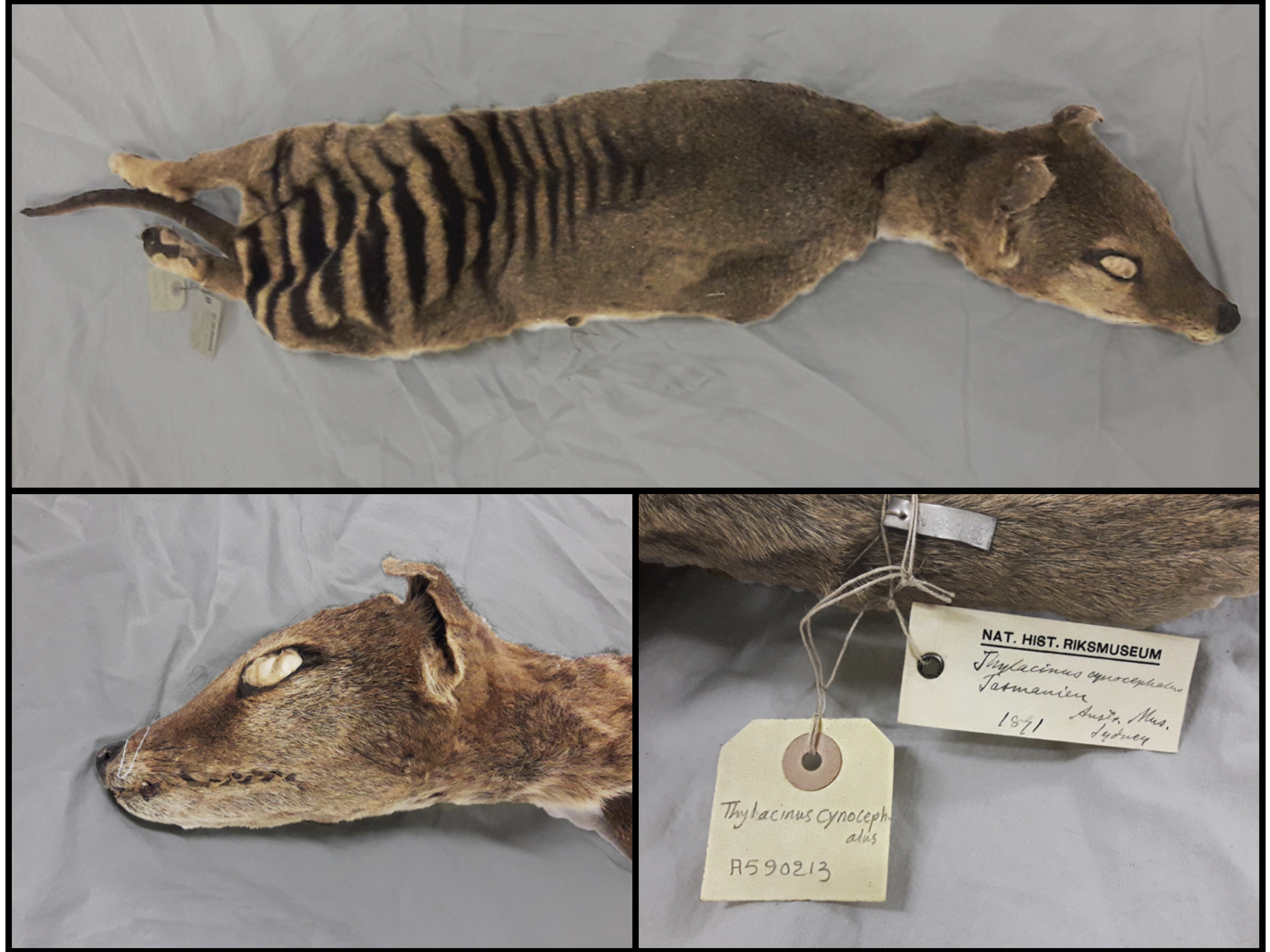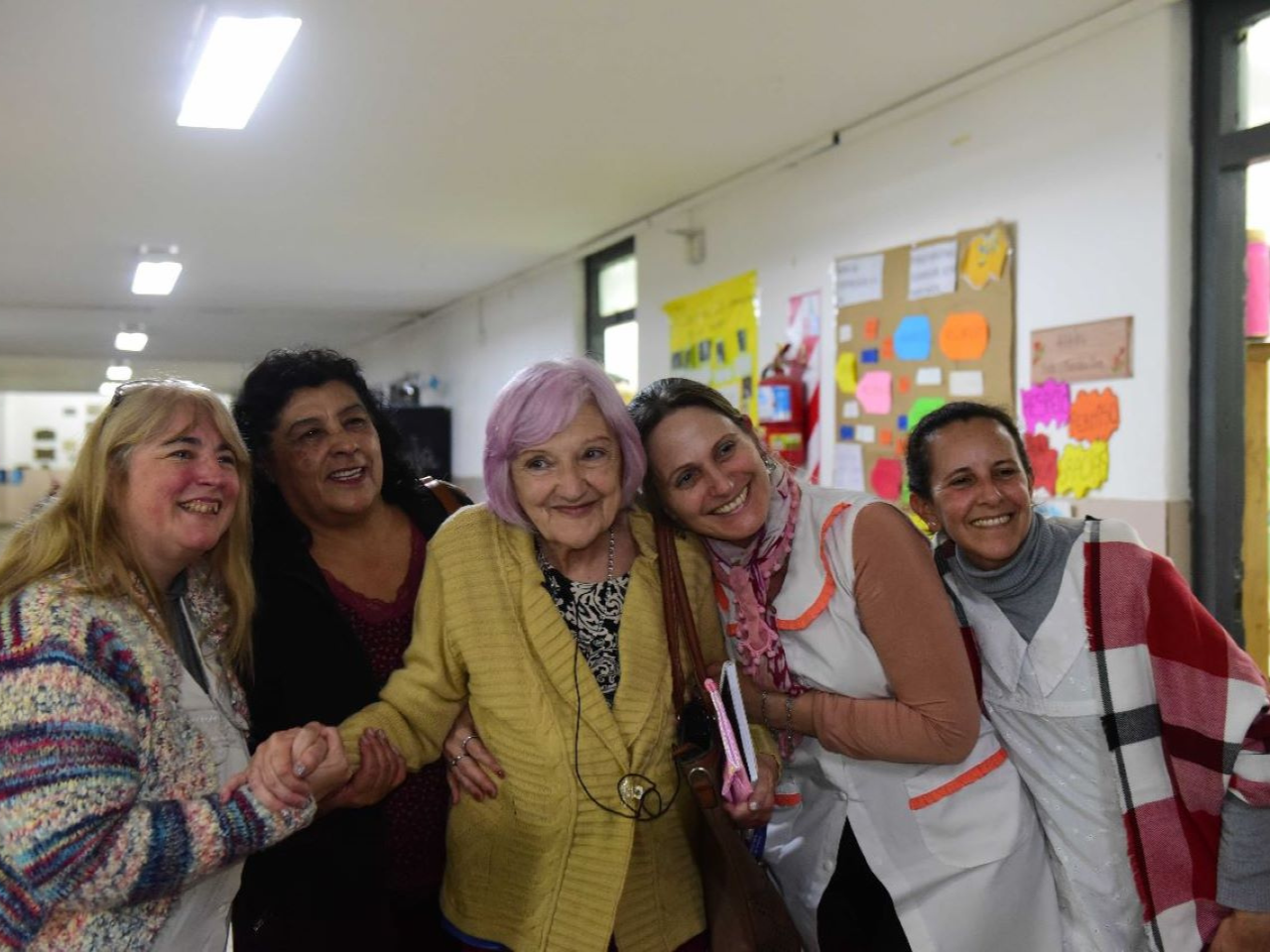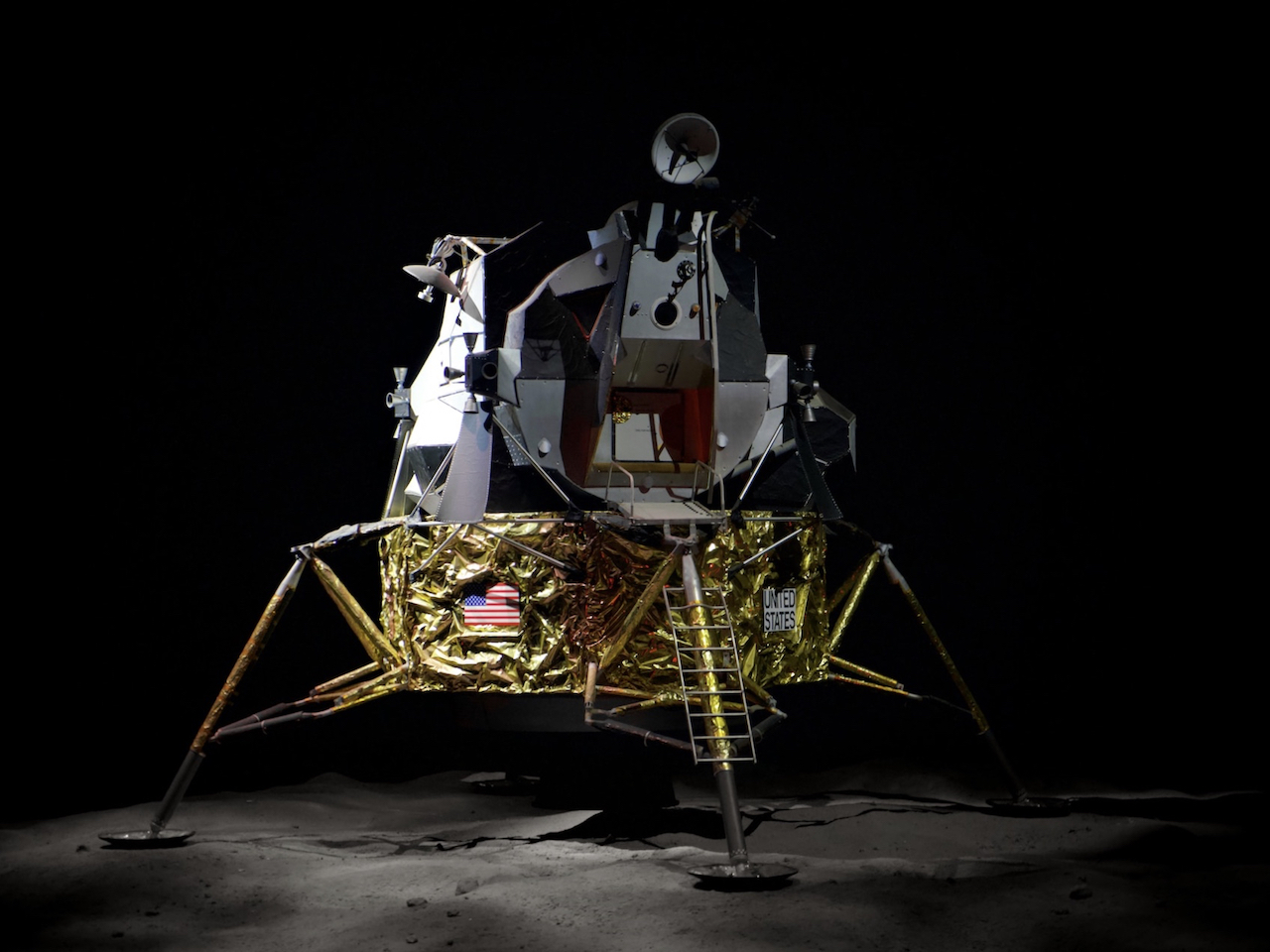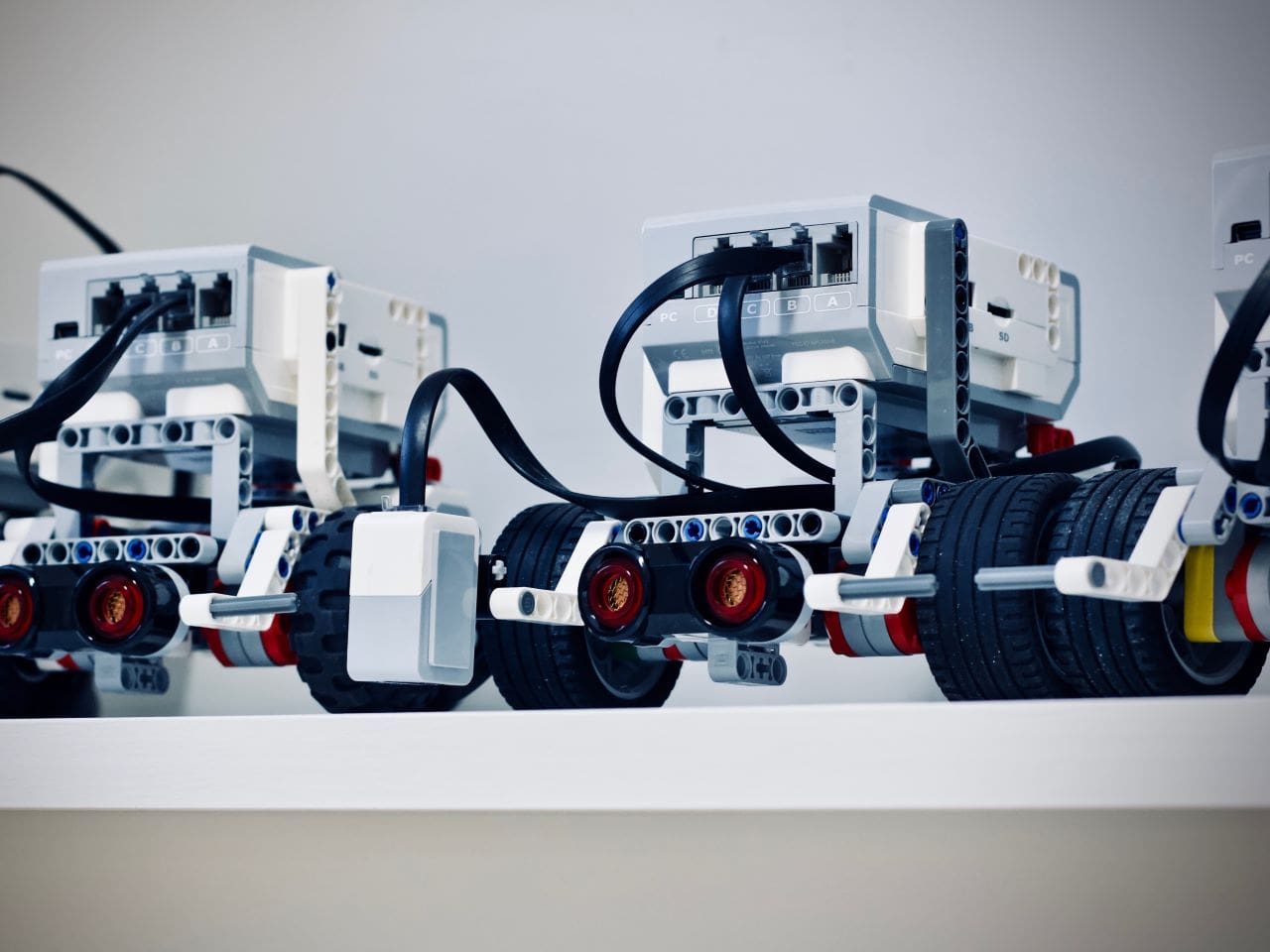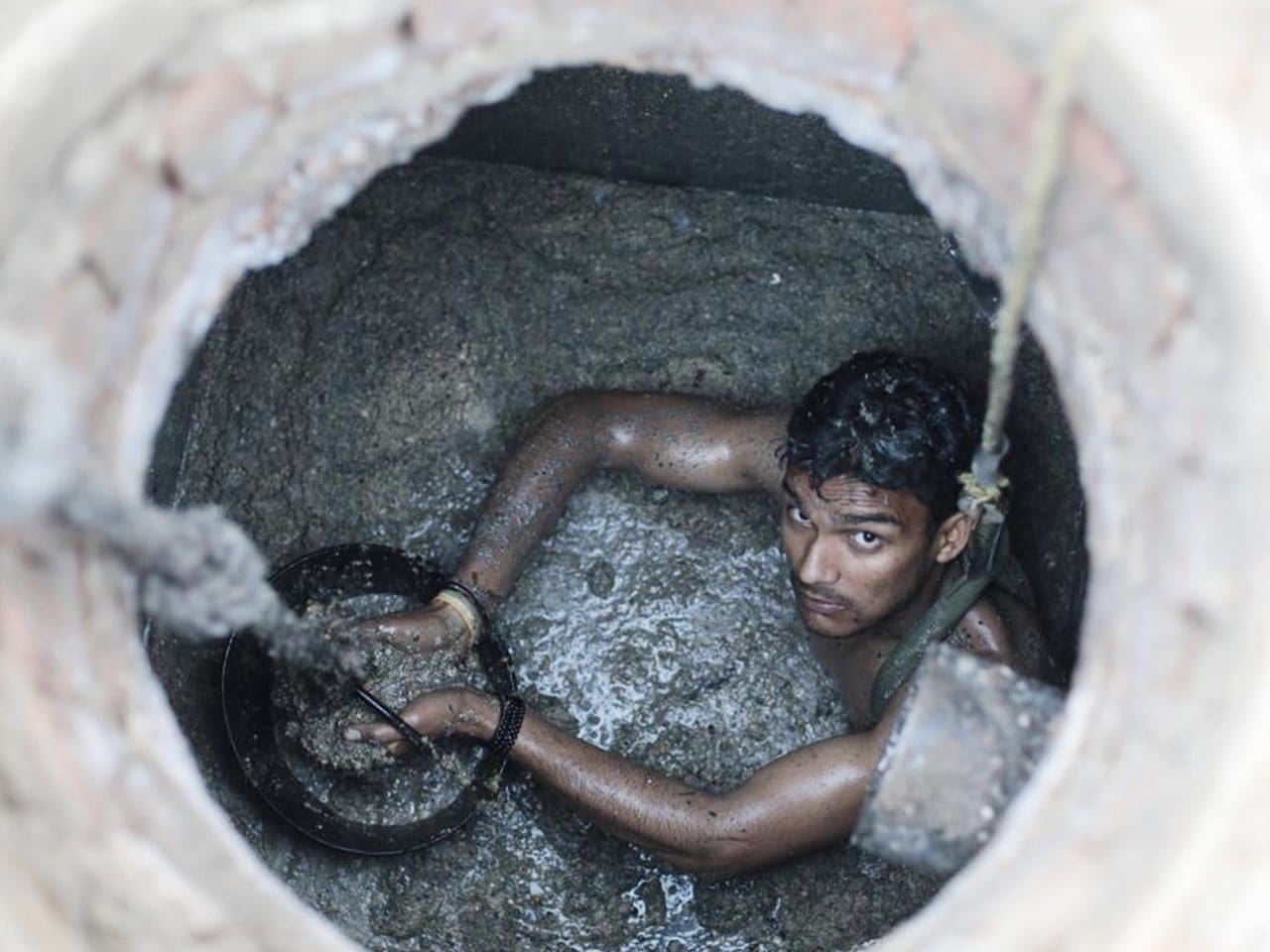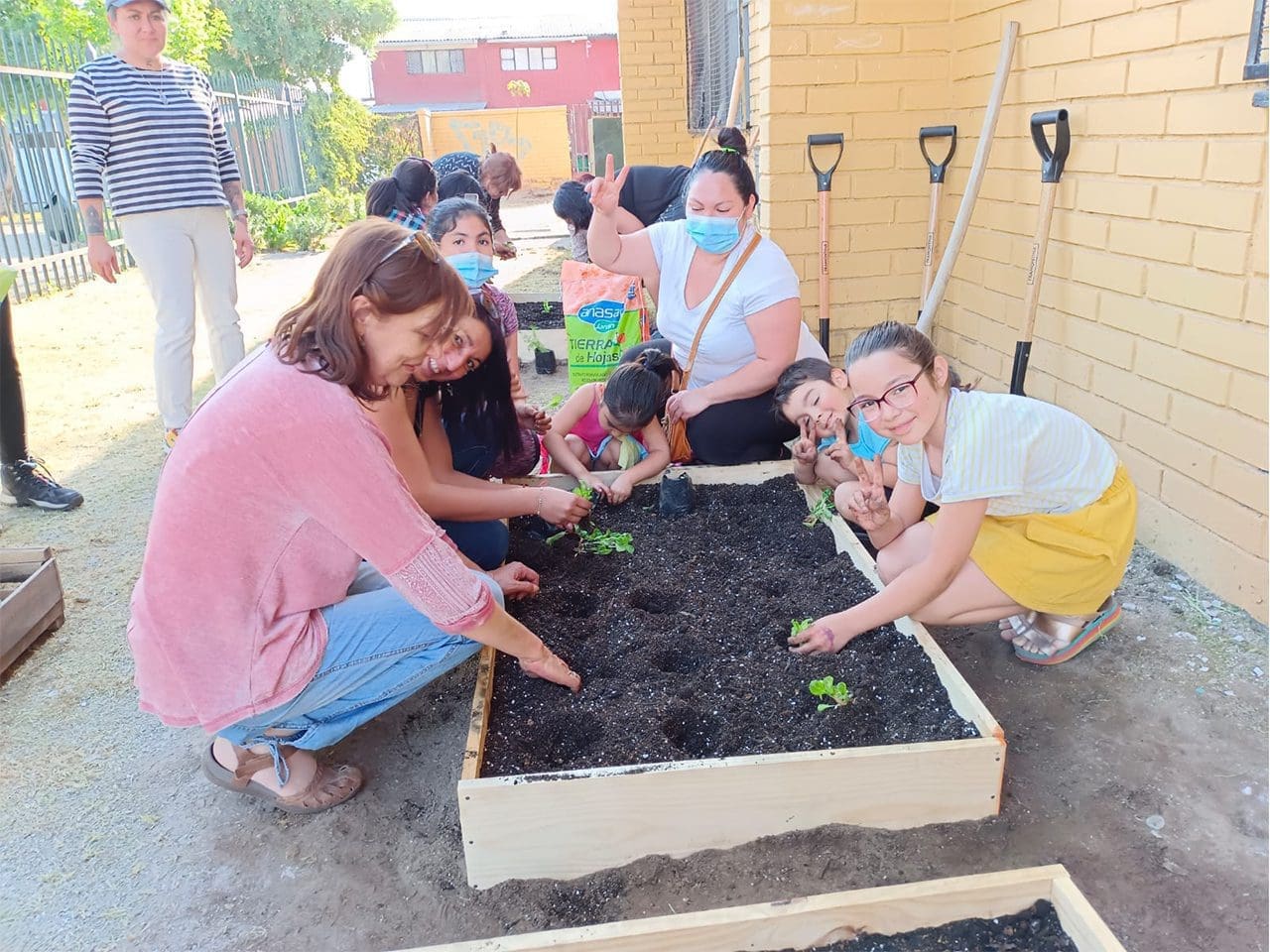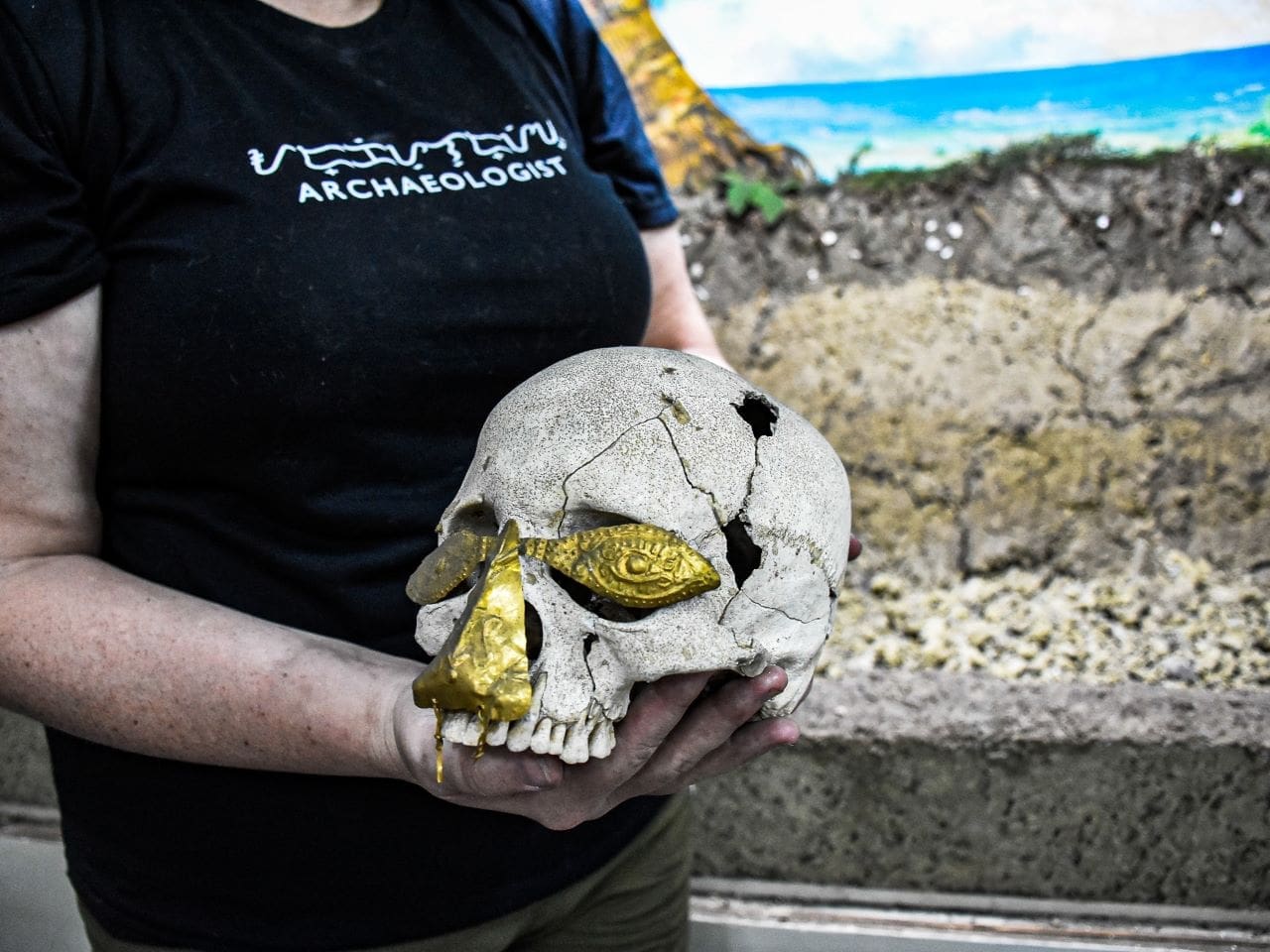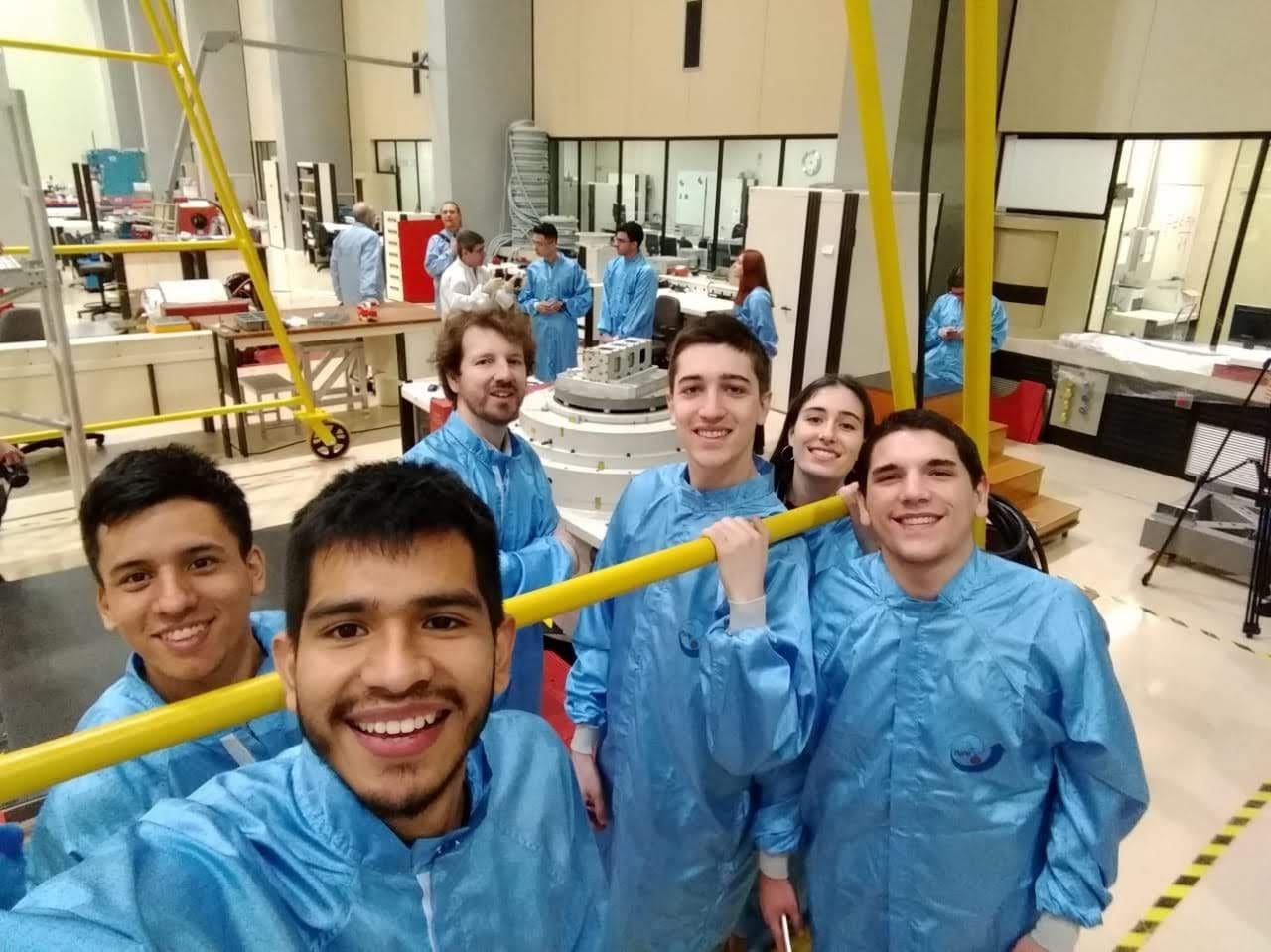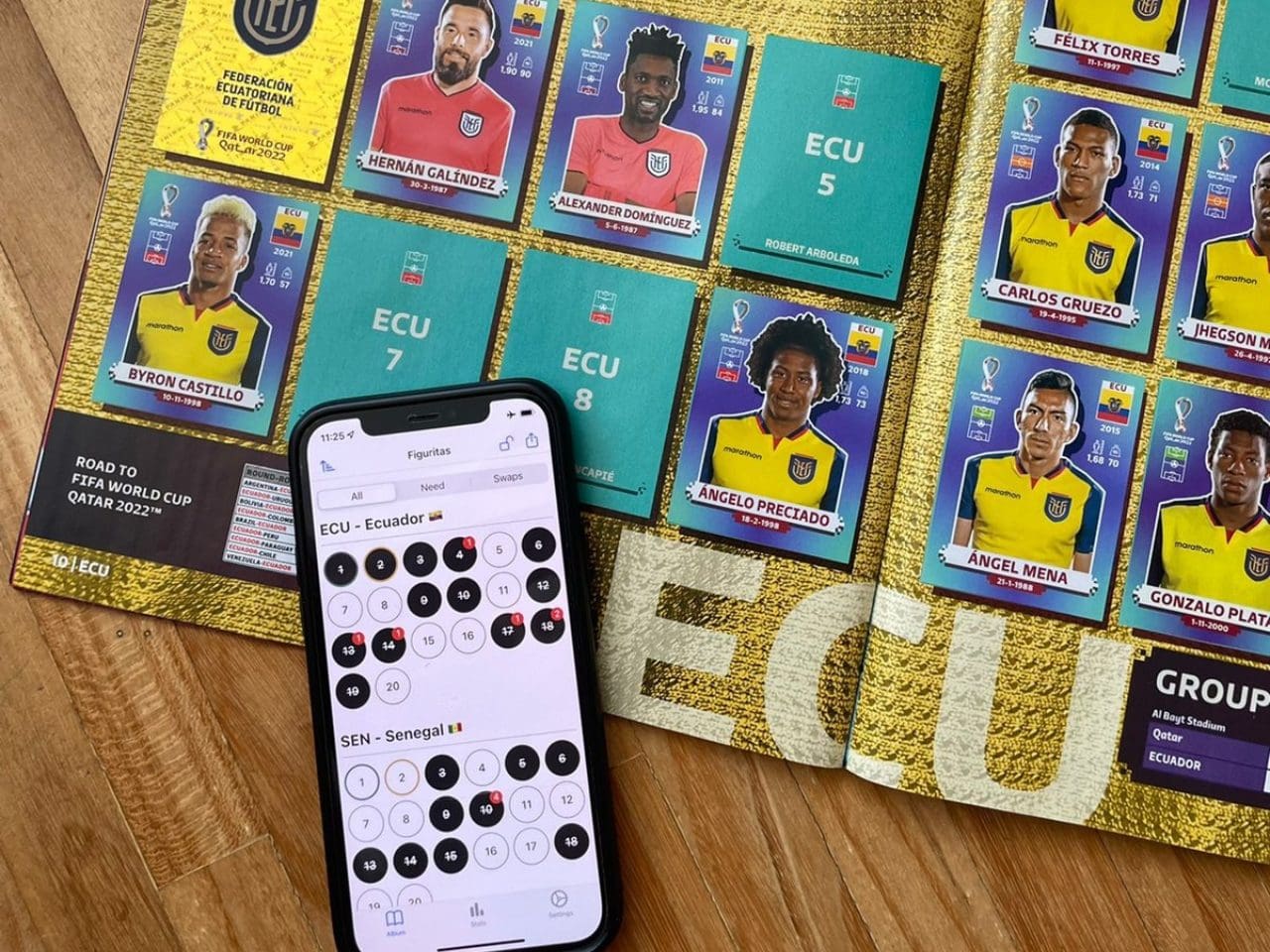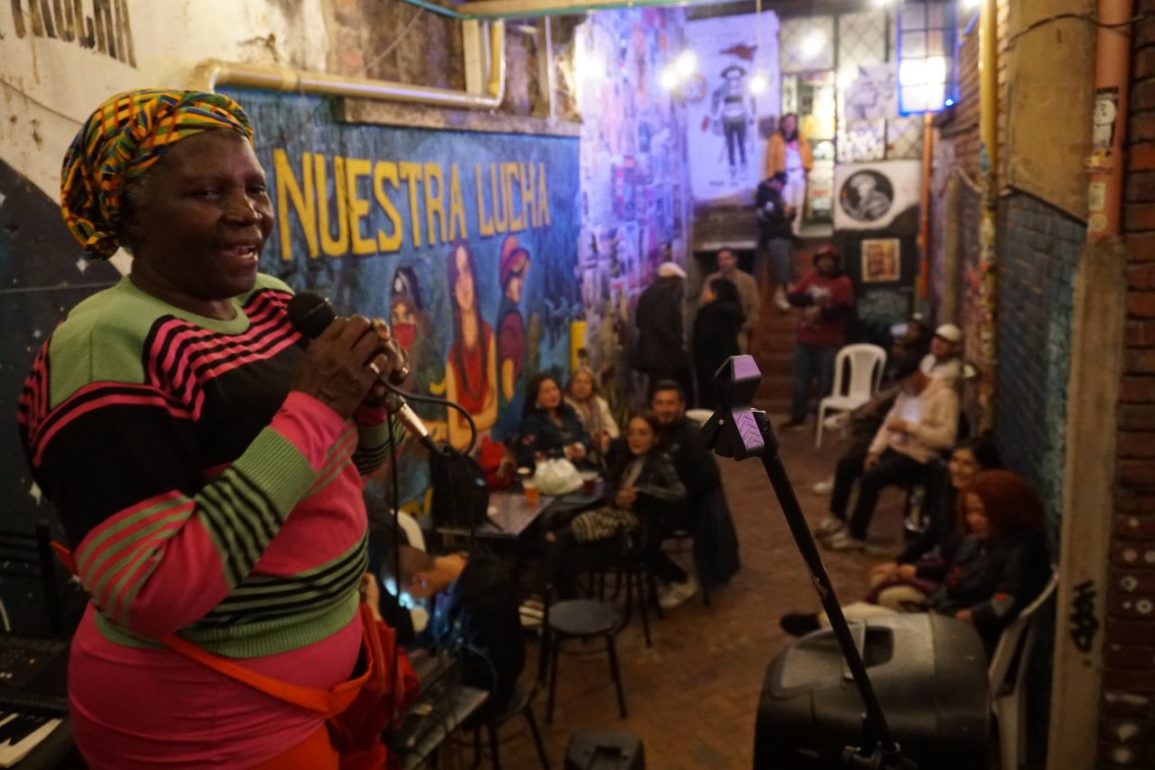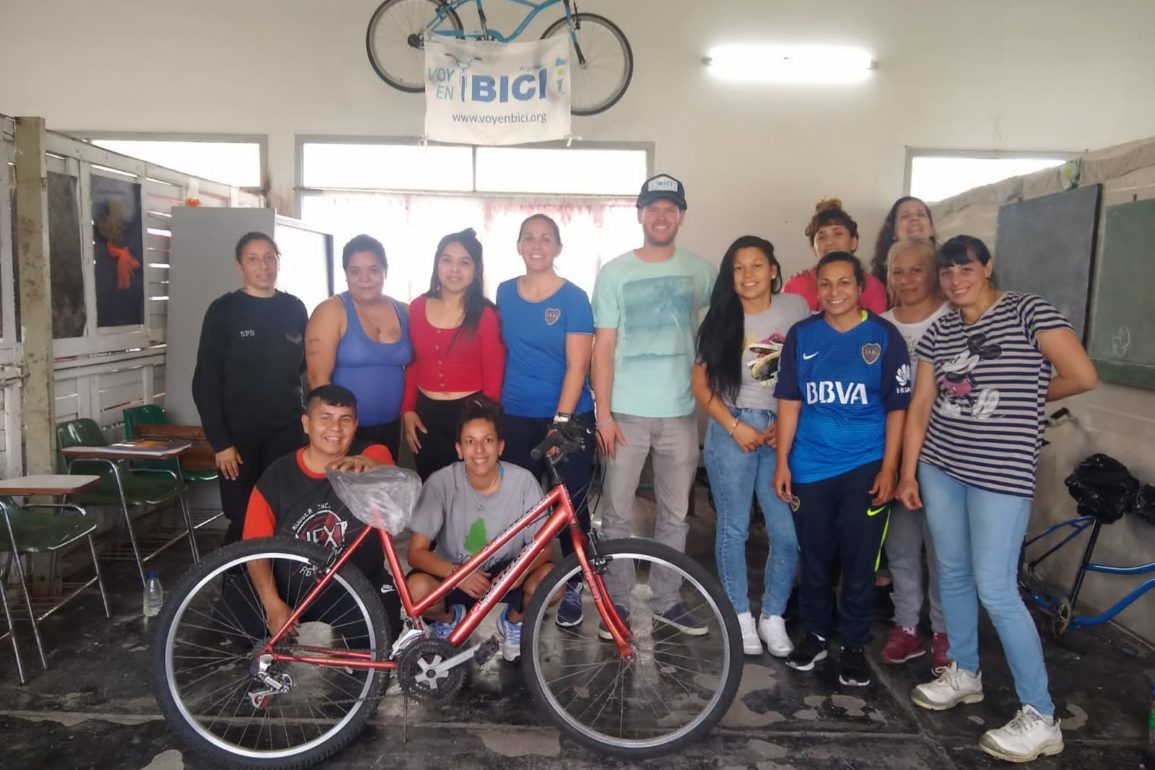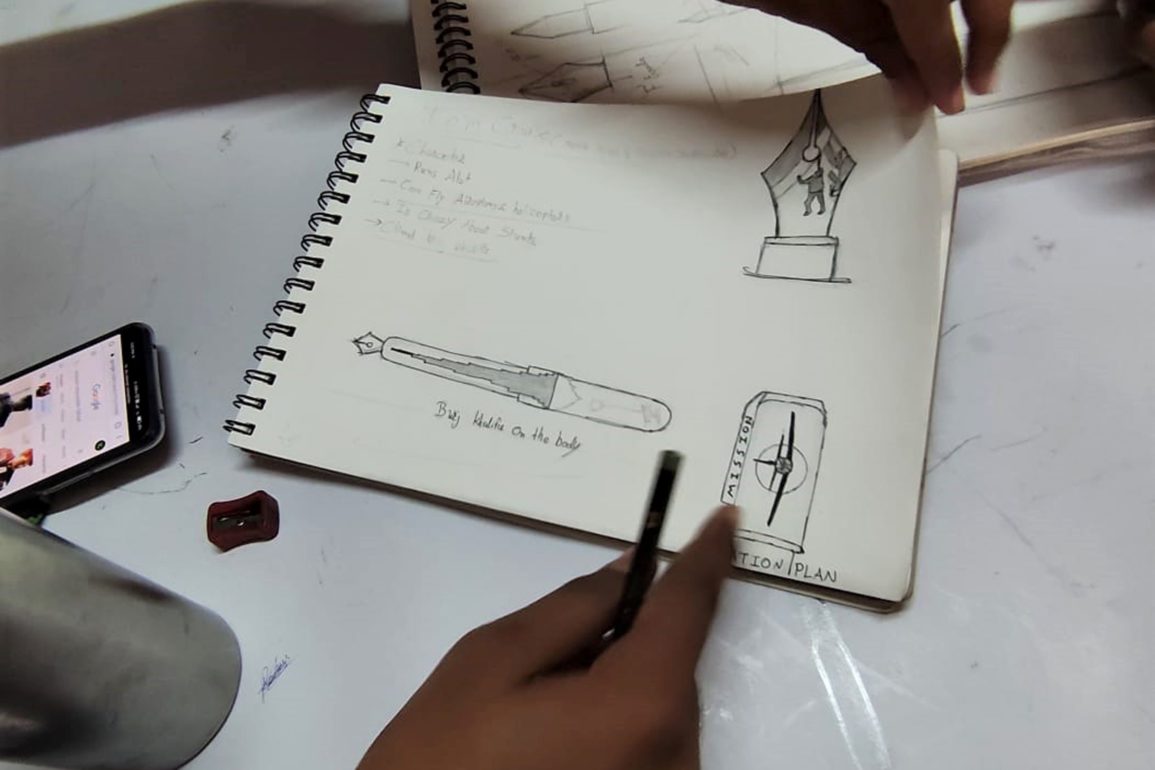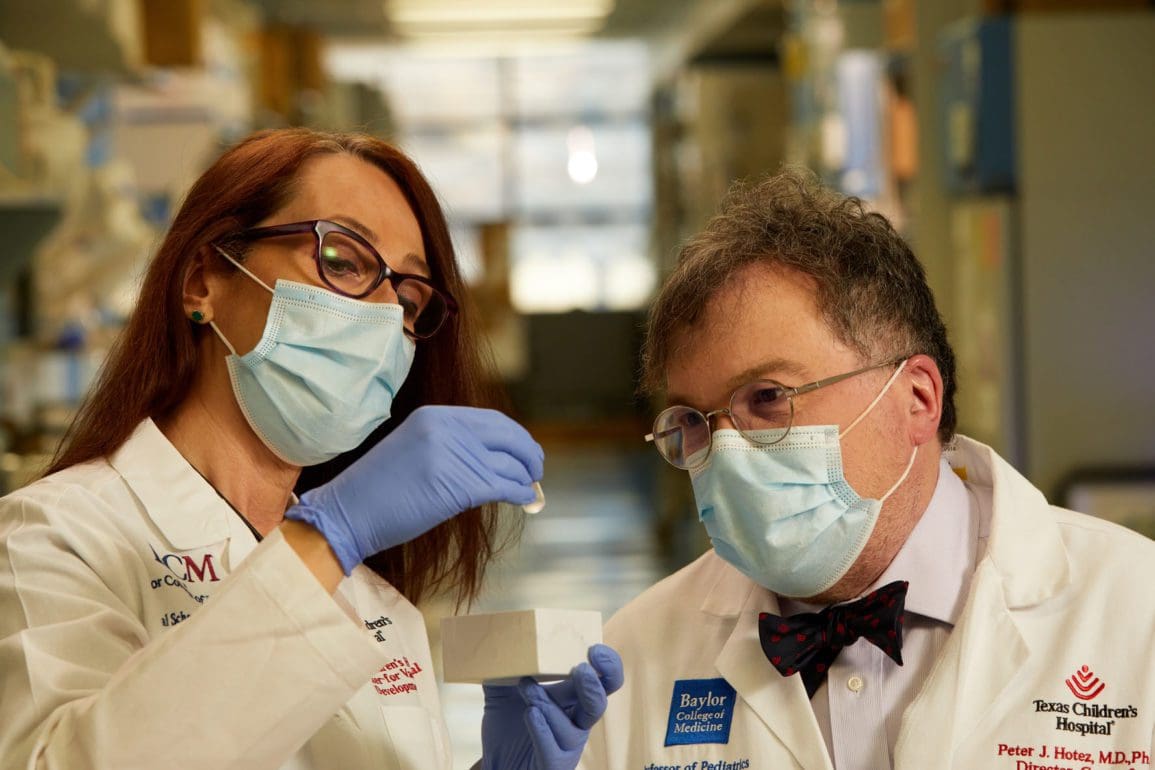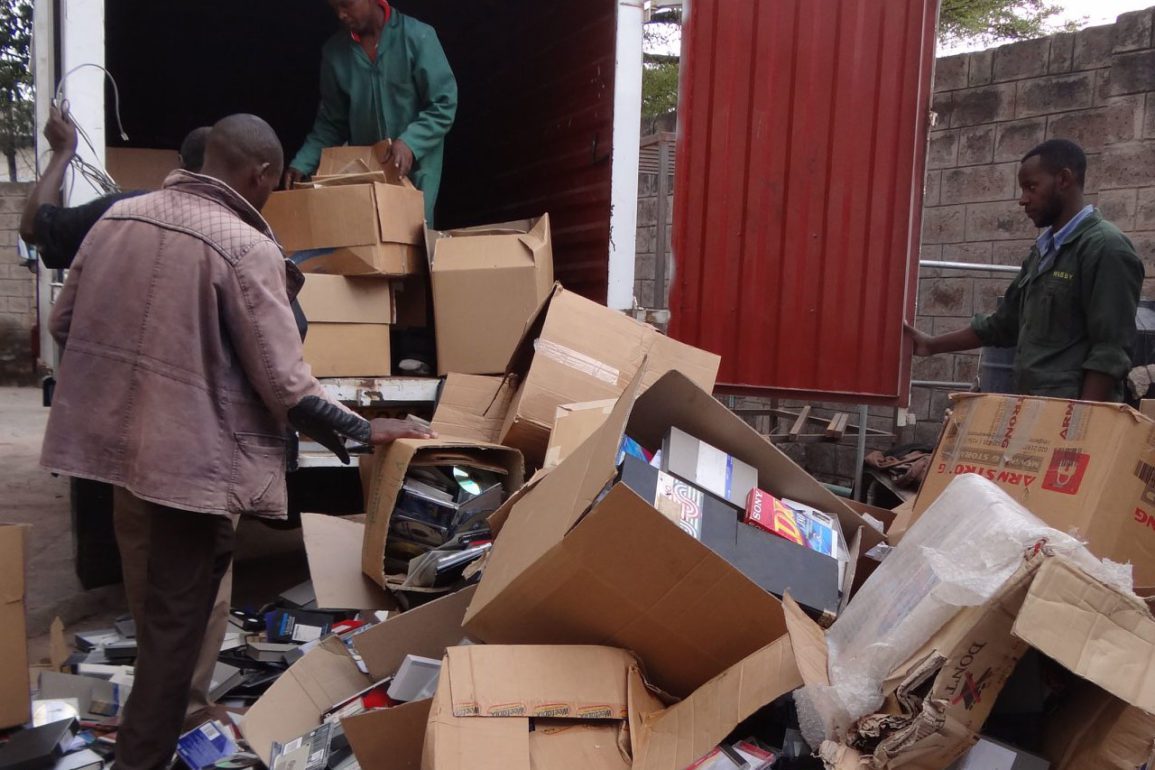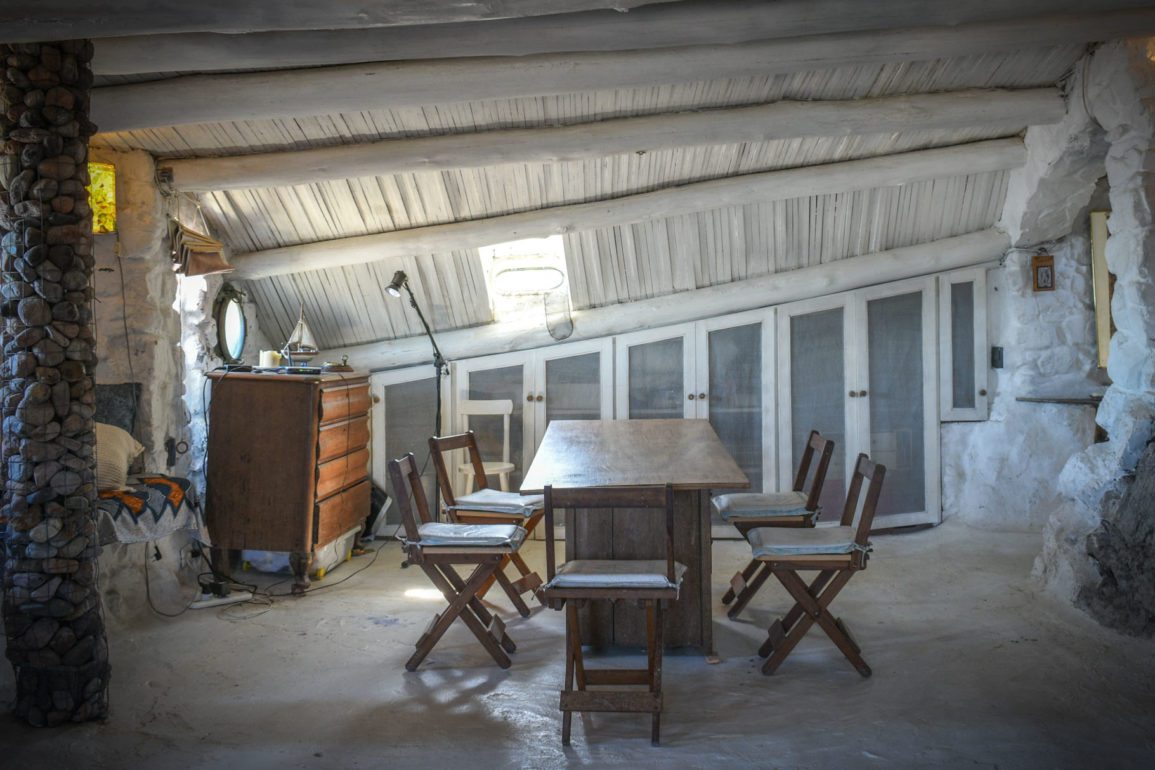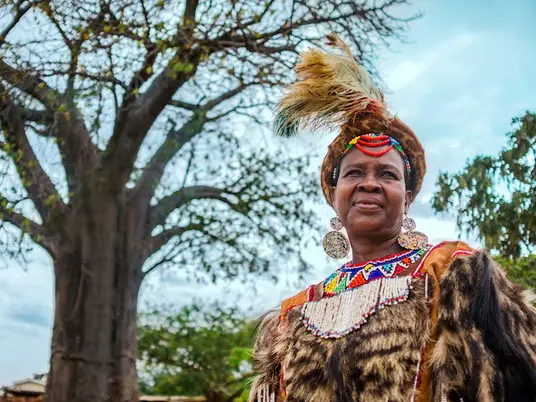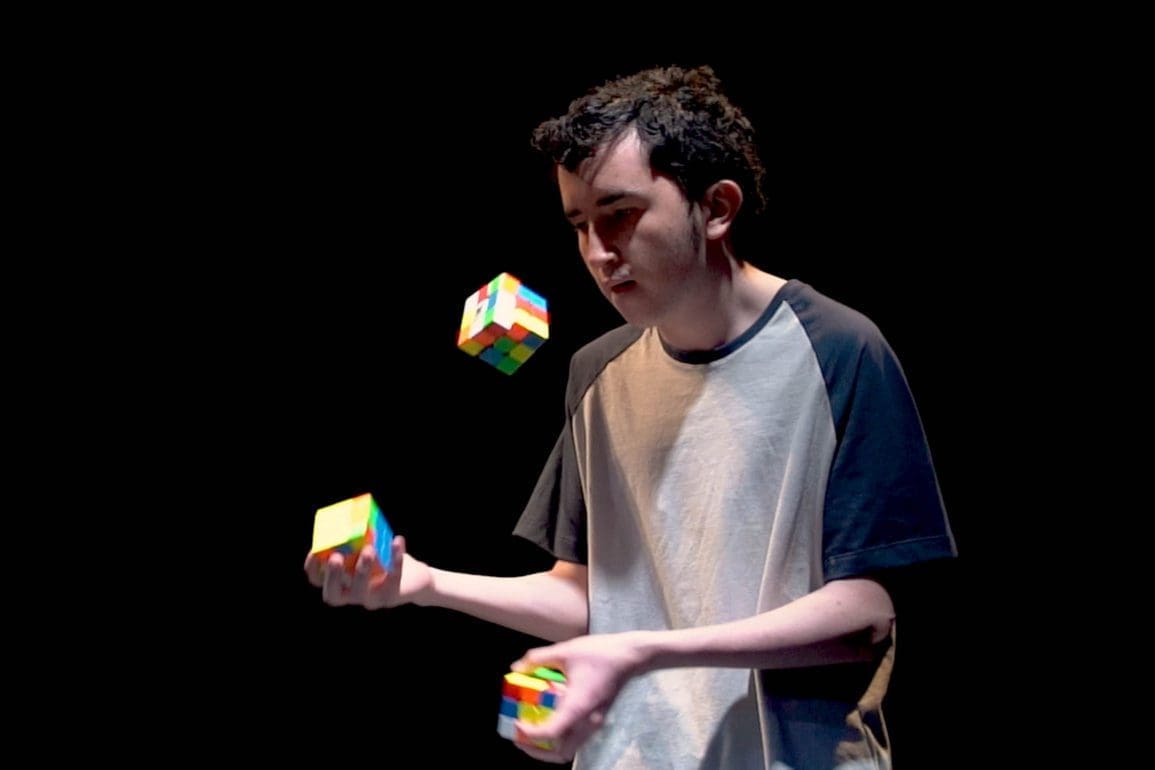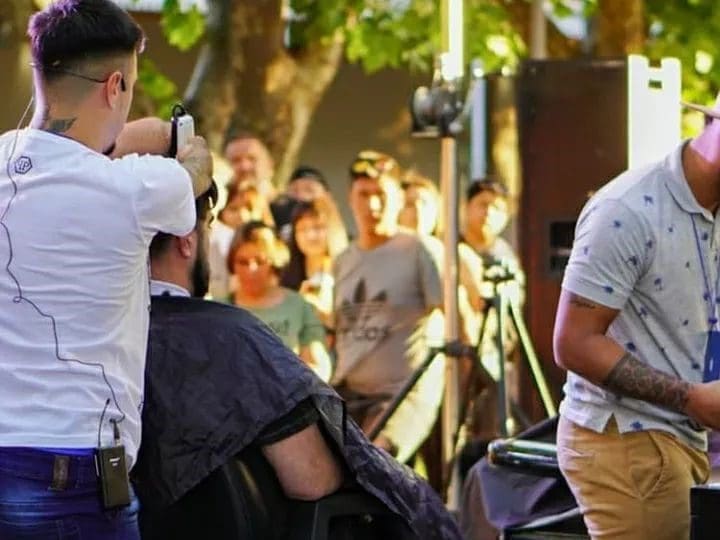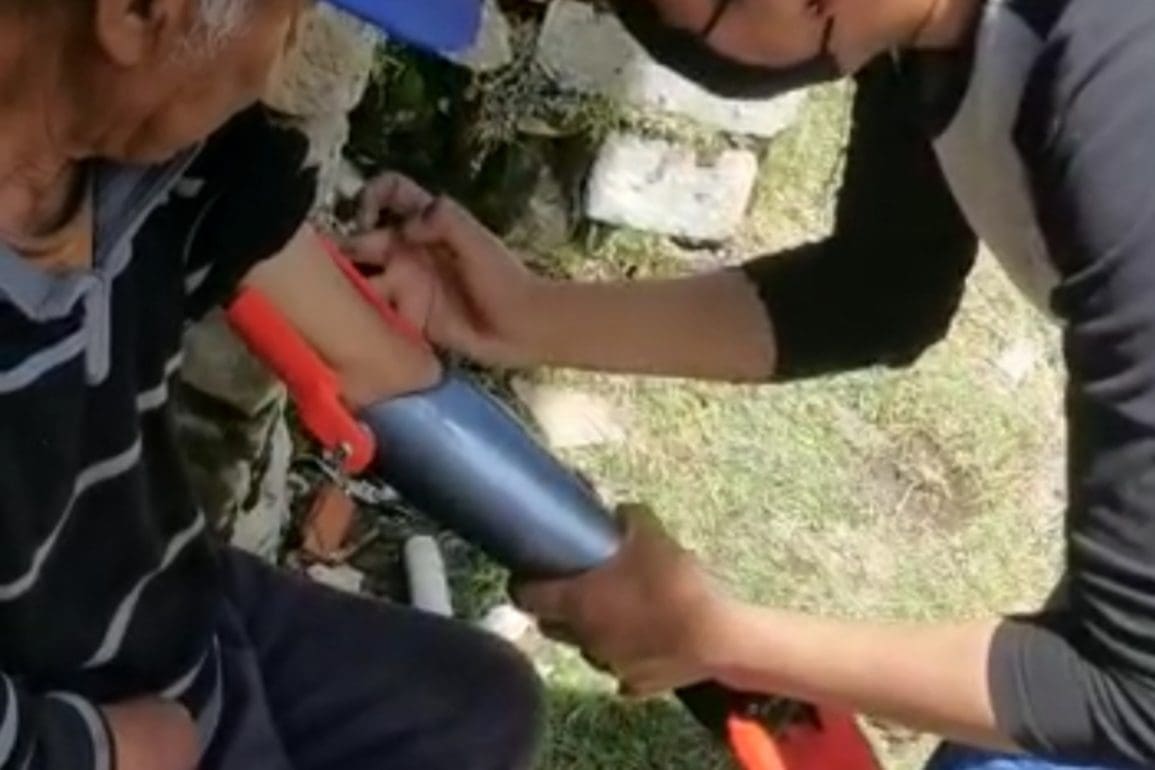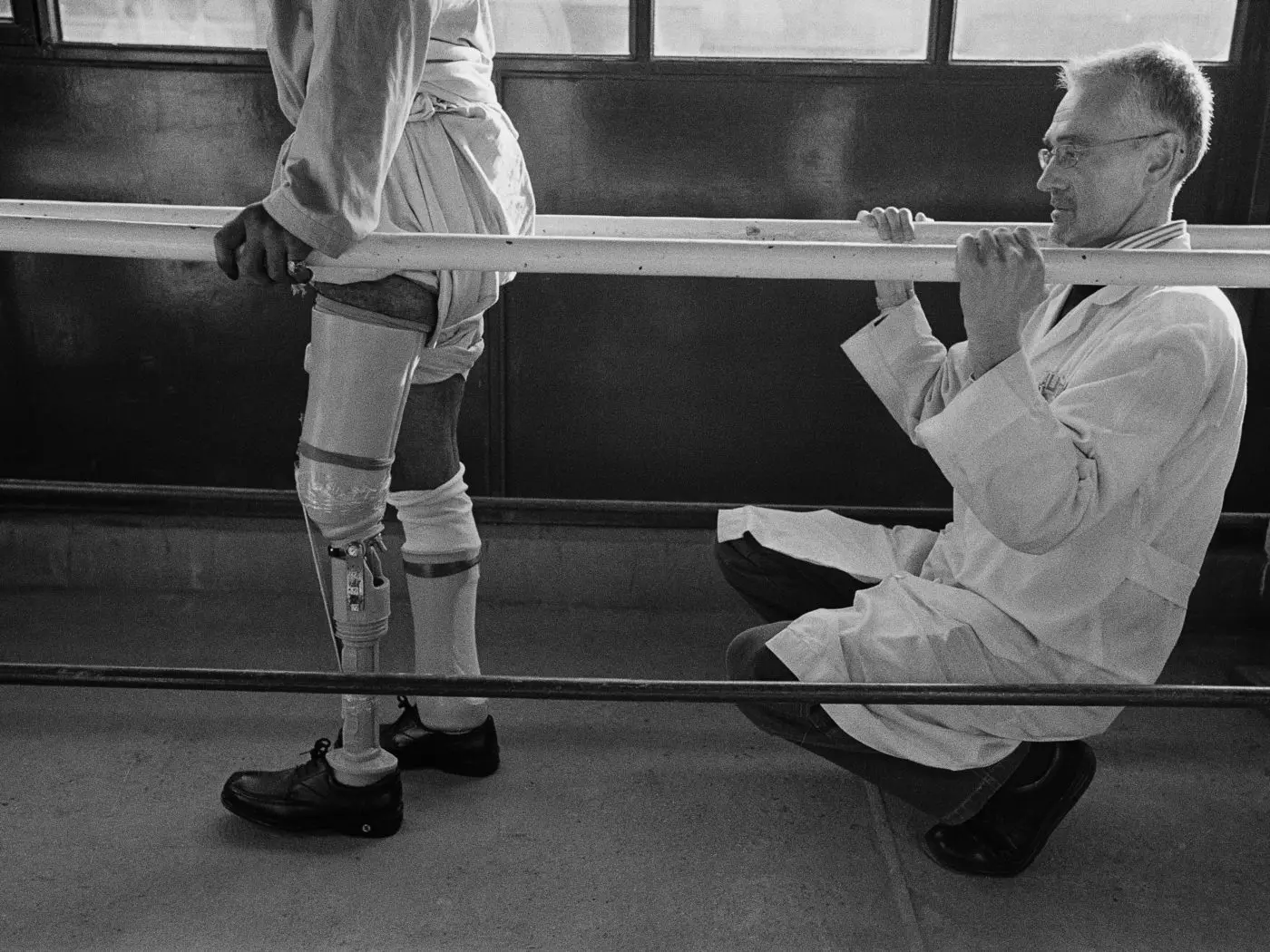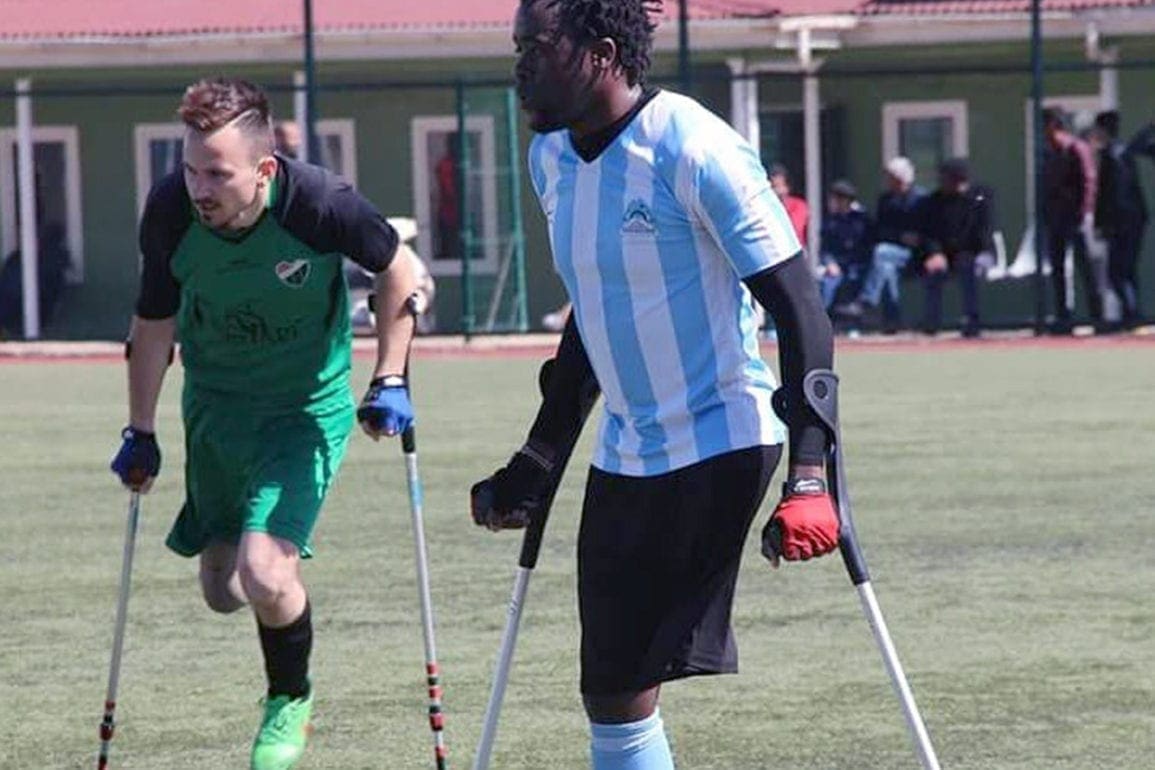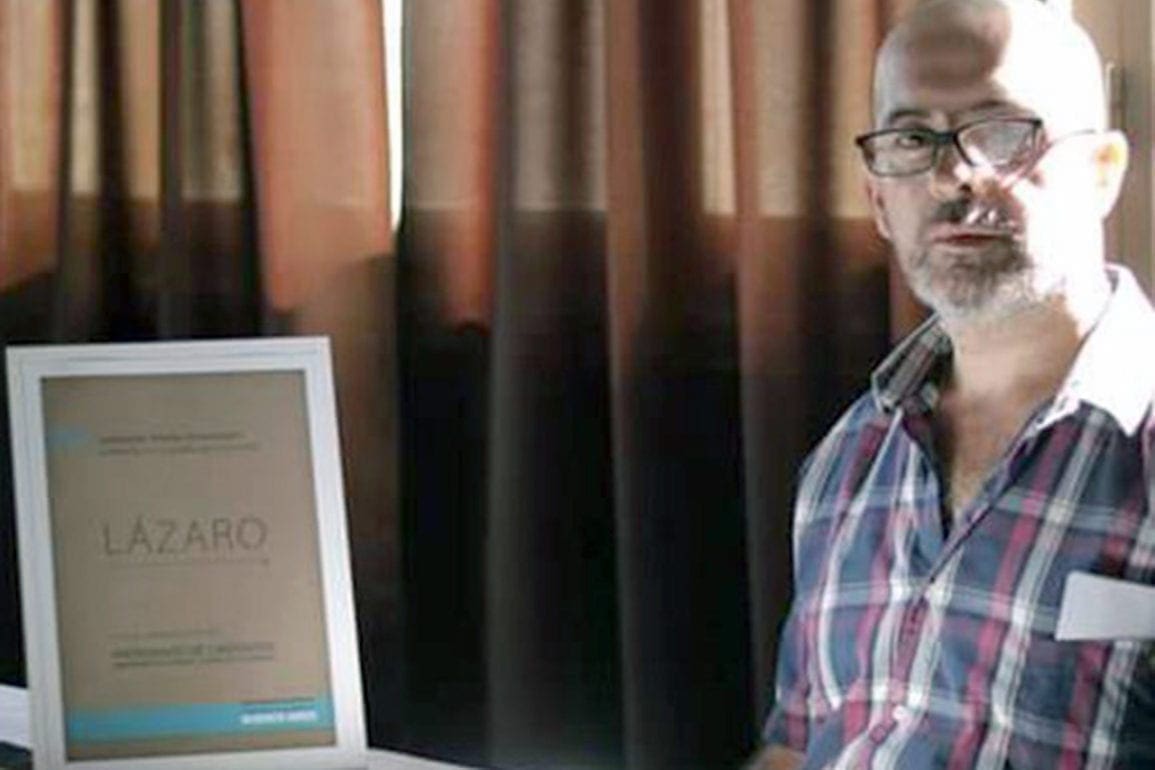Kenya’s first electric handcart creates potential for green transformation
I decided to create Kenya’s first electric handcart to promote growth in their business while offering efficiency in load carriage, movement, and tackling climate change.
- 5 years ago
June 16, 2021

NAIROBI, Kenya — It was around May 2015 when I had purchased some items for my shop in Nairobi. I was looking for a handcart pusher to ferry the items across town to my shop.
Unfortunately, there were no handcart pushers to transport my goods. All of the operators were busy demonstrating at city hall.
The demonstrations took place because then Nairobi County Governor Dr. Evans Kidero had called for restrictions. He alleged that the trolleys were causing an obstruction on the road and impacting traffic congestion.
Immediately, I wondered how these young men who push handcarts for survival would cope in Nairobi without their businesses. I was also aware that they were potentially losing business due to inefficiency.
I was disturbed.
Innovation ignited
An idea came to mind to develop motorized handcarts that would be faster, reduce noise, and were green.
I decided to create Kenya’s first electric handcart to promote growth in the business while offering efficiency in load carriage, movement, and tackling climate change.
I commenced rigorous research to find out how I could conceptualize the idea into a viable product.
A few things stood in my way.
Professors ridiculed me and the idea, and I had no money and no support system.
I knew this invention would positively change Kenya, and I had to follow through on my idea.
Sourcing first step
First, I took trips around different engineering firms in Kenya to inquire if the technology I needed to assemble my electric handcarts were locally available.
However, none of these professionals seemed to have any idea regarding sourcing technology.
Although I knew I was committed to making the handcarts, I had no money to finance this project. I faced the dilemma of where to get capital to import the components.
Due to a lack of financing, my concept remained stagnant for about six months.
Then, while boarding a matatu (minibus) to work, I saw a man perusing a Daily Nation paper.
Grants available
On one page was an advertisement from the Tony Elumelu Entrepreneurship Program (TEEP) seeking idea’s from individuals that could transform Africa in exchange for a grant.
When I got to my destination, I bought that newspaper and went through it to get more information.
Armed with my concept, I applied. More than 20,000 participants from Africa applied for this grant, but I was confident in my idea.
Results came in February 2016, and I was among the winners selected across Africa.
I later traveled to Nigeria for a boot camp and was awarded $5,000 (USD), which I used to conceptualize the idea into a prototype.
Stumbling blocks
When I thought I had overcome all the stumbling blocks that would come my way, I landed back home from my boot camp, and I encountered more problems.
I had the money I needed, but I had no experts to help me create the product.
I went to the Kenya Vehicle Manufacturers (KVM) in Thika to request help through their engineers — but the MD said they tried it before and could not help.
He told me to create it myself and bring them the business to mass-produce the product.
I resorted to outsourcing their engineers, and I rented a space next to their factory to begin work on the prototype.
Functioning prototype
We did our best, working tirelessly, and we finally produced a functional prototype.
Coming up with a working prototype was a significant breakthrough and a dream come true.
This model was a validation of my many days of research work.
Everyone who was working on it was proud that we had decided to proceed with the dream.
The electric handcart got the green light for a launch after all the necessary control checks.
When the launch day finally came, it was all joy everywhere, not only for myself but the whole technical team.
Launch day a thrill
The carts were publicly launched at the National Youth Service by the Government. Our product was the buzz of the entire week in media houses as well as social media.
The fact that two Cabinet Secretaries, Joe Mucheru and Margarate Kobia, participated in launching them was all we needed to have a great head start.
I noticed many other government officials present, including the Principal Secretary, CEOs, UN senior staff, and other dignitaries. The mood was ecstatic.
The launch gave them enough hope and strength to continue holding my hand as we pressed on.
Tons of feedback
Since then, many inquiries have been trickling in. I have received feedback from Kenyans lauding the invention as the better option to their conventional manual handcarts.
They have stated that it will be a relief to not only the Mkokoteni (handcart) operators but across all sectors of the economy, where light transportation of goods from one point to another is involved.
When I first had the idea to invent Kenya’s first electric cart, my research drove me to local universities.
Upon sharing my concept with Engineering Professors, some called me out to be a mentally challenged man who needed to stop thinking beyond practical.
Today, the so-called impractical idea came to fruition.
Success to inspire
I share this story with younger people and future inventors.
Despite the condemnation, they should never give up on their ideas. In addition to motivational speaking, I have also been linking up various inventors with relevant Government offices to access any support they need in their particular areas.
I have been fortunate enough to see my idea through to a functioning product.
I intend to help make that a reality for other inventors, creating ideas that instigate positive change.

